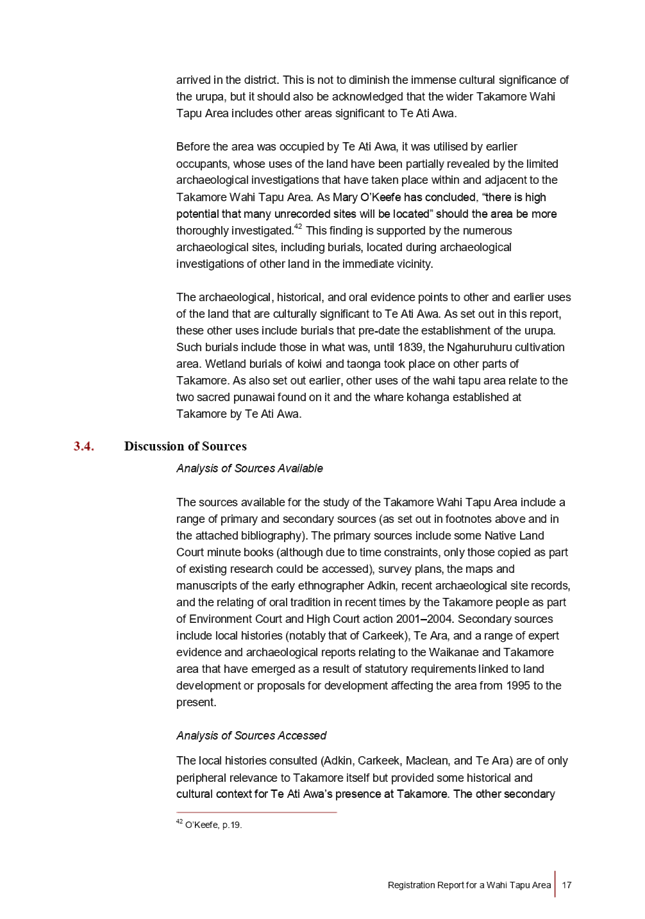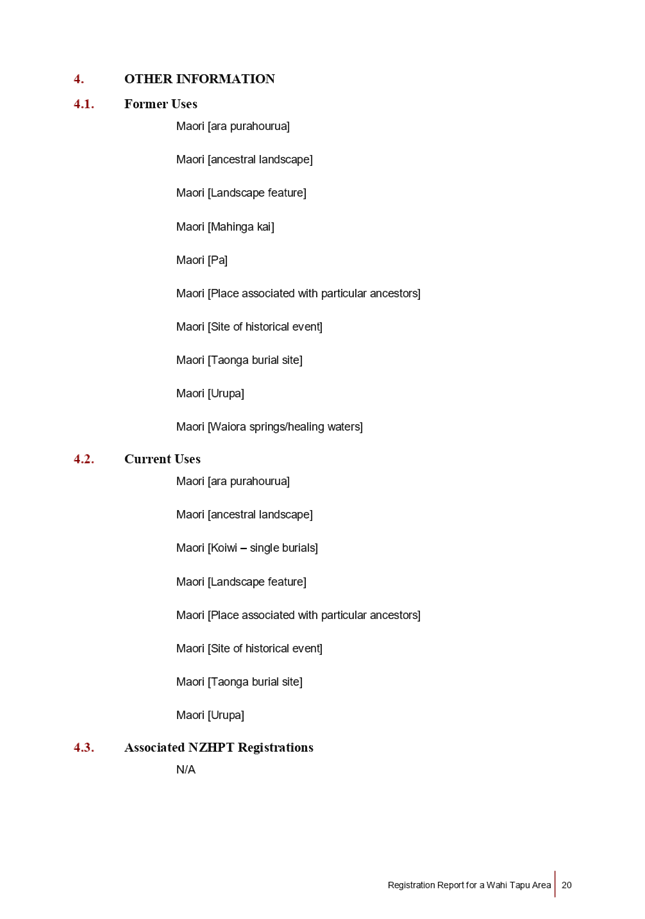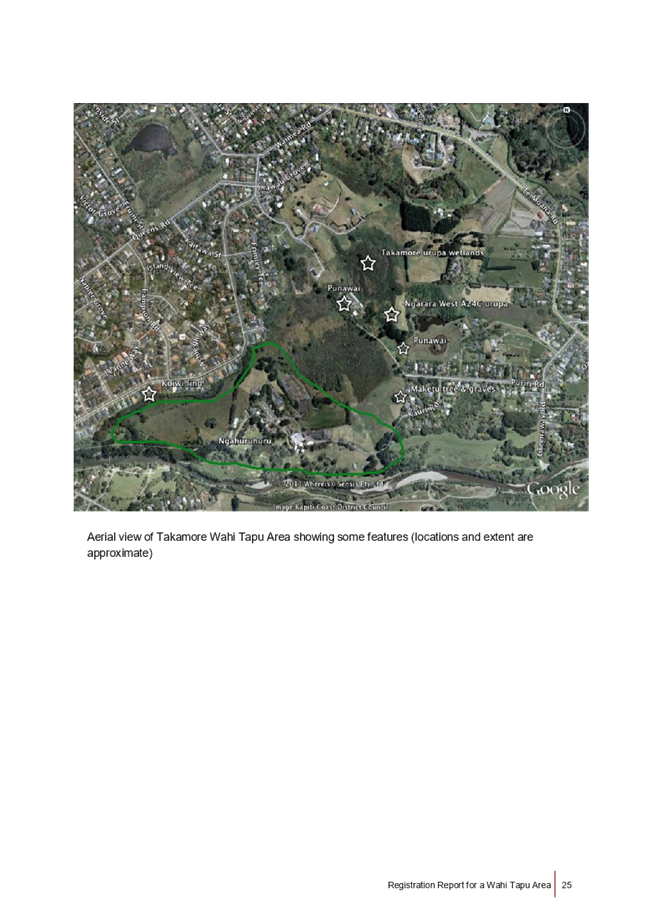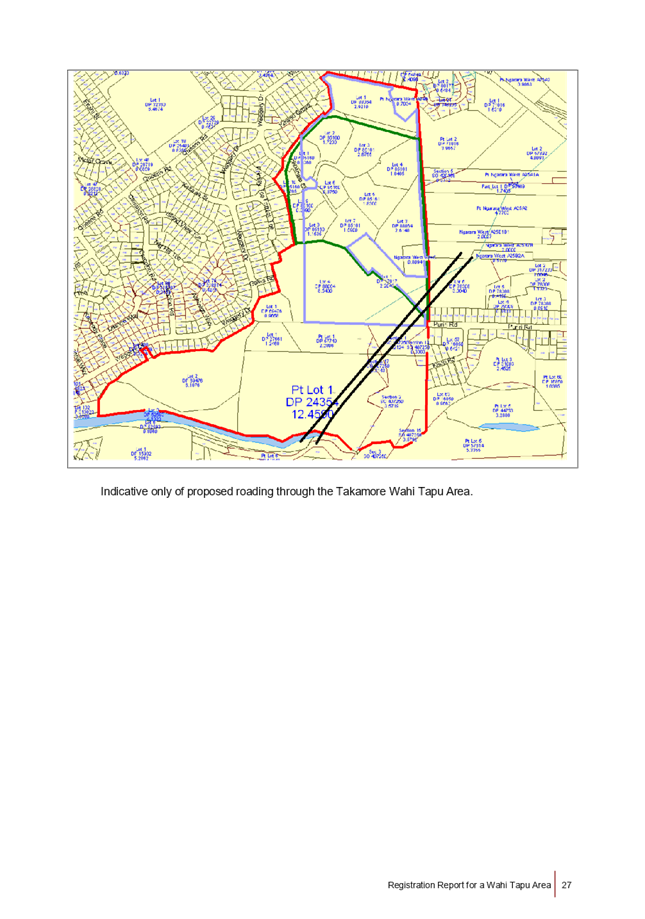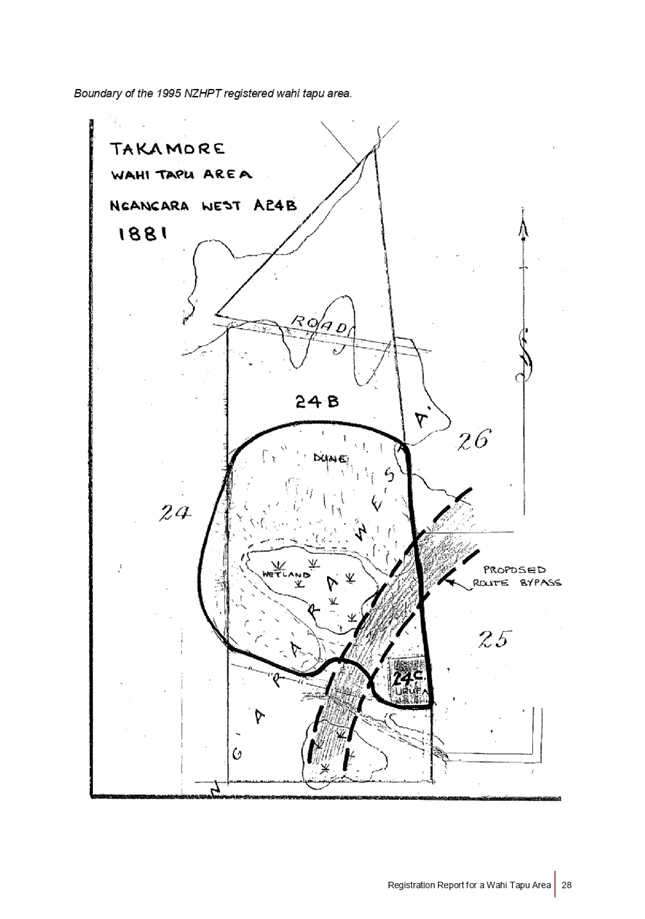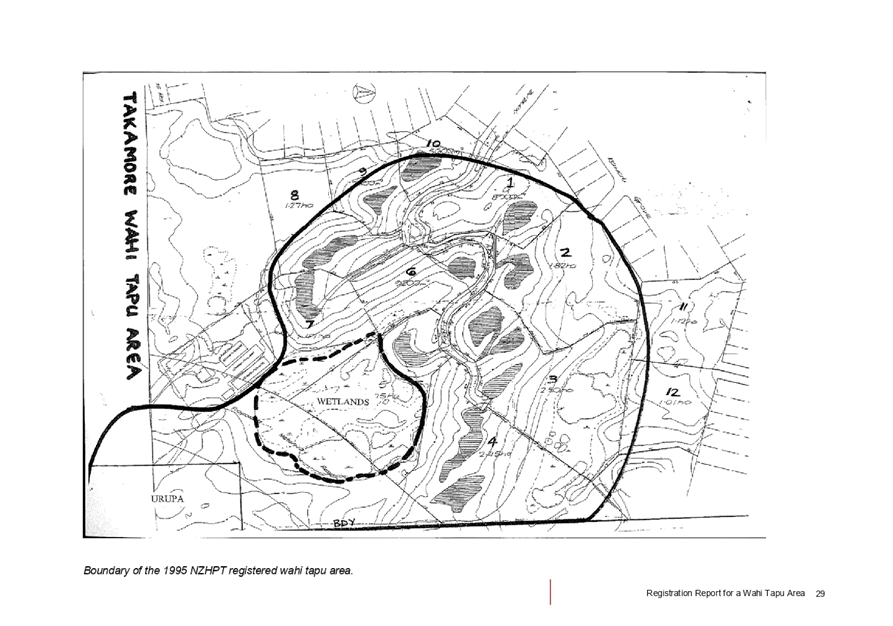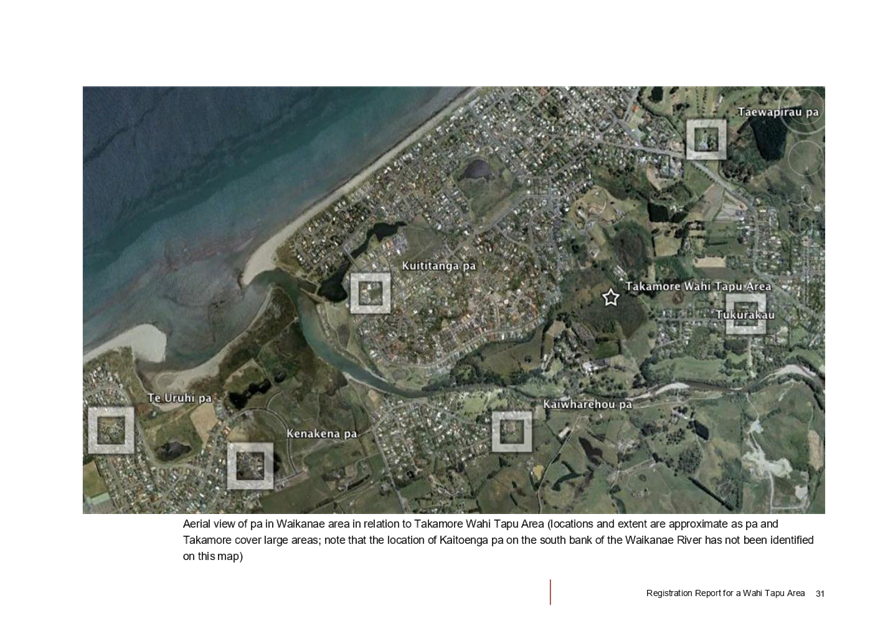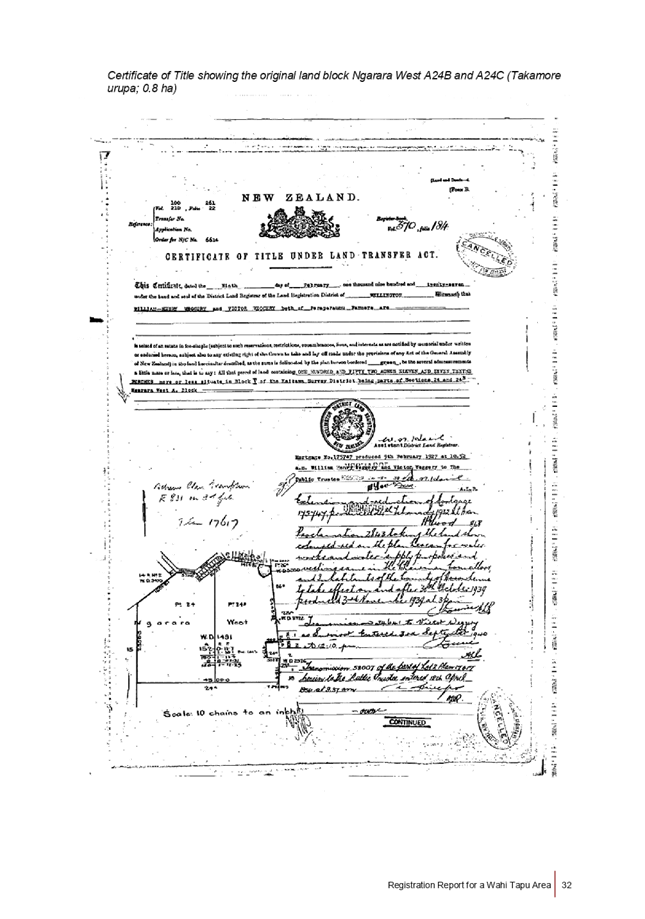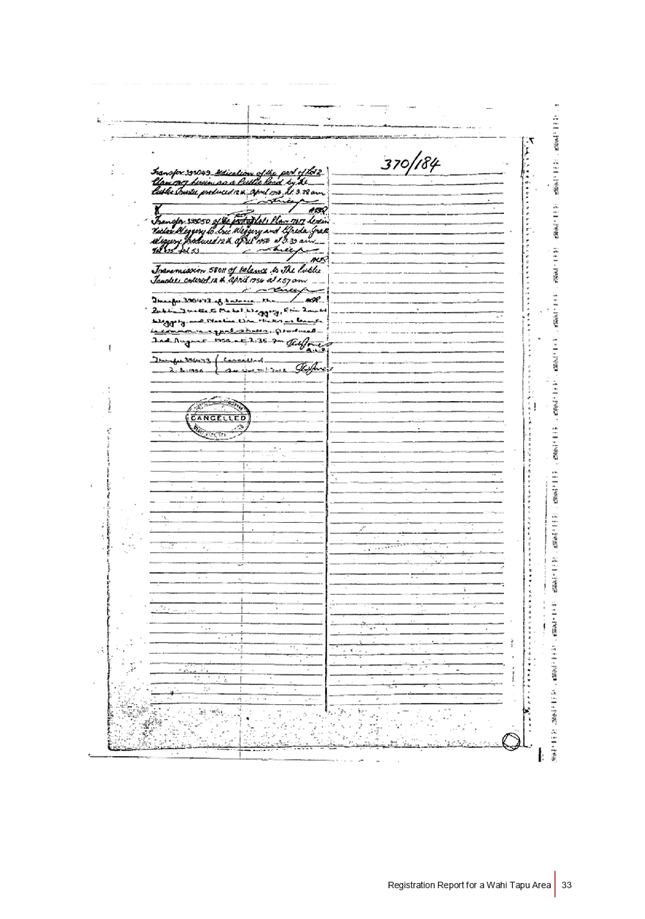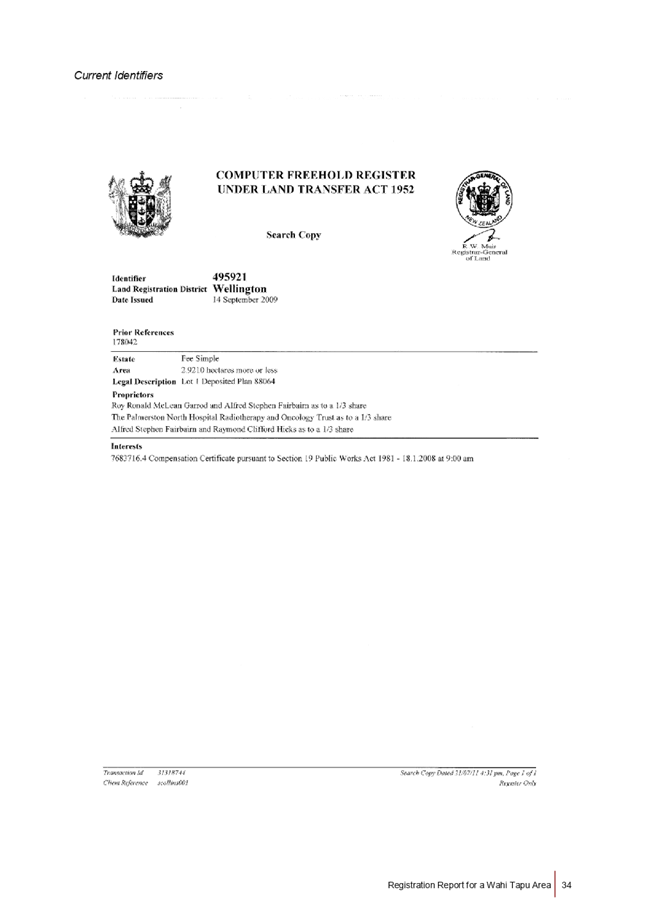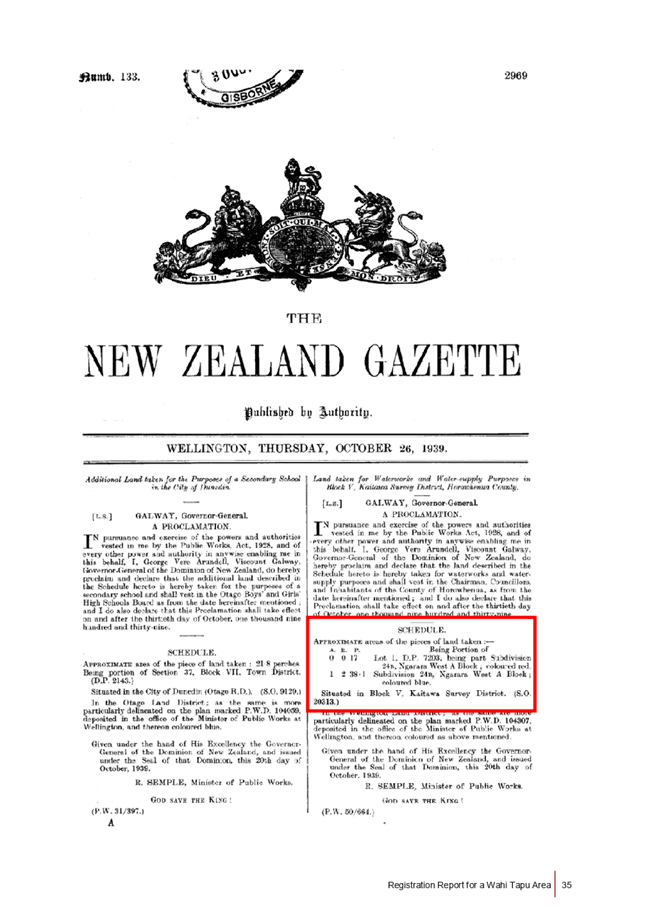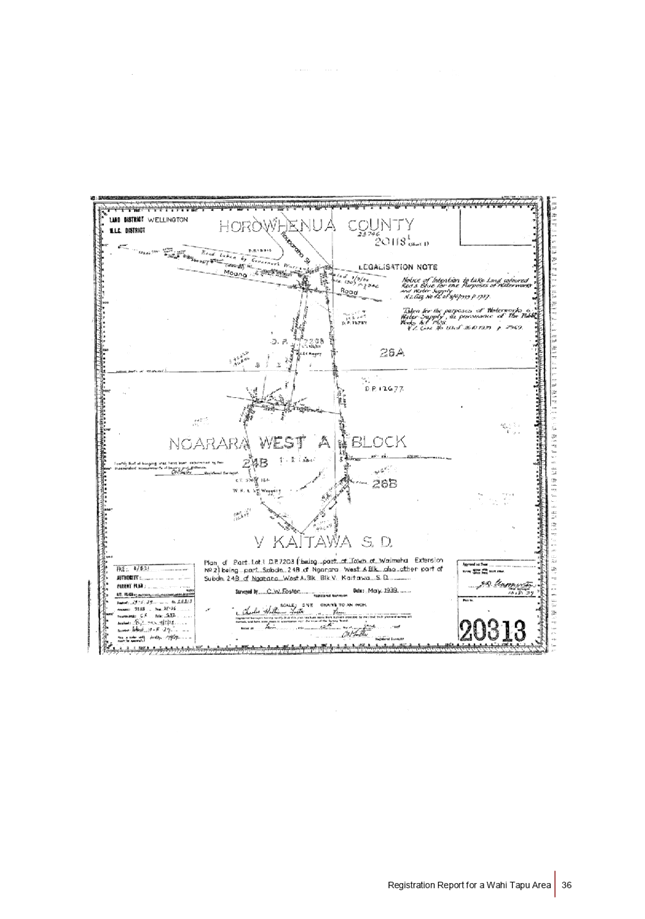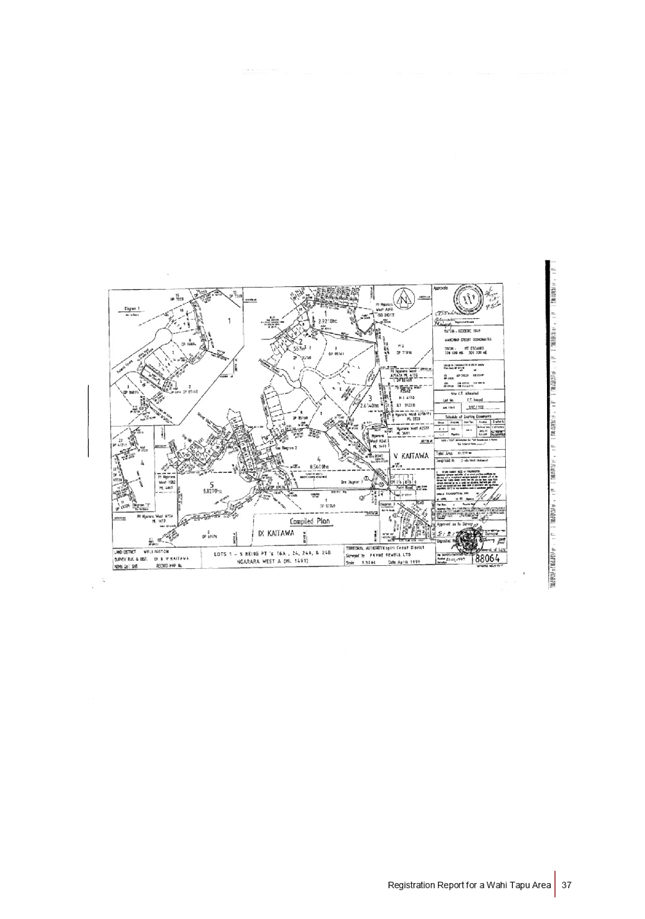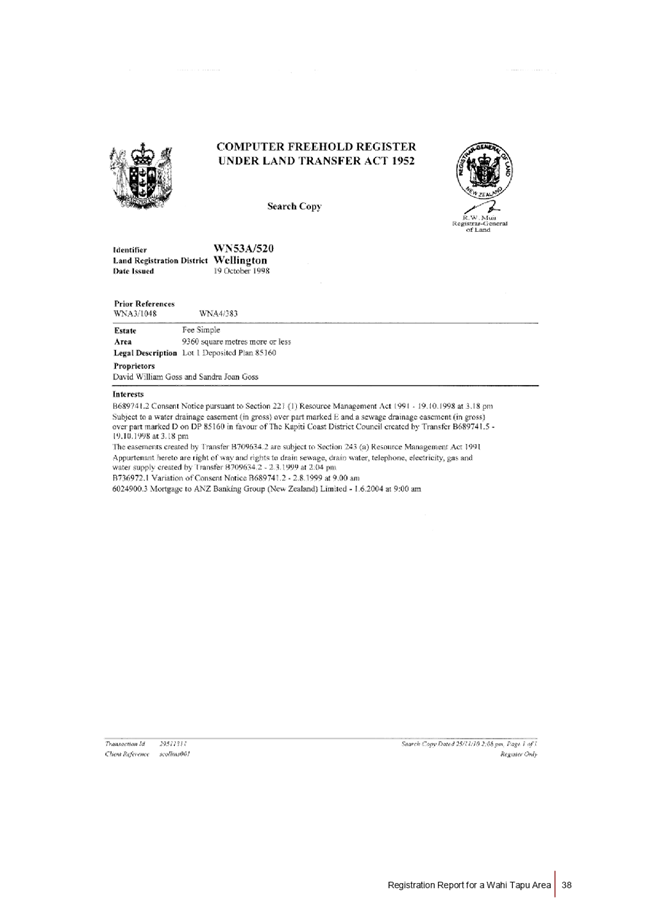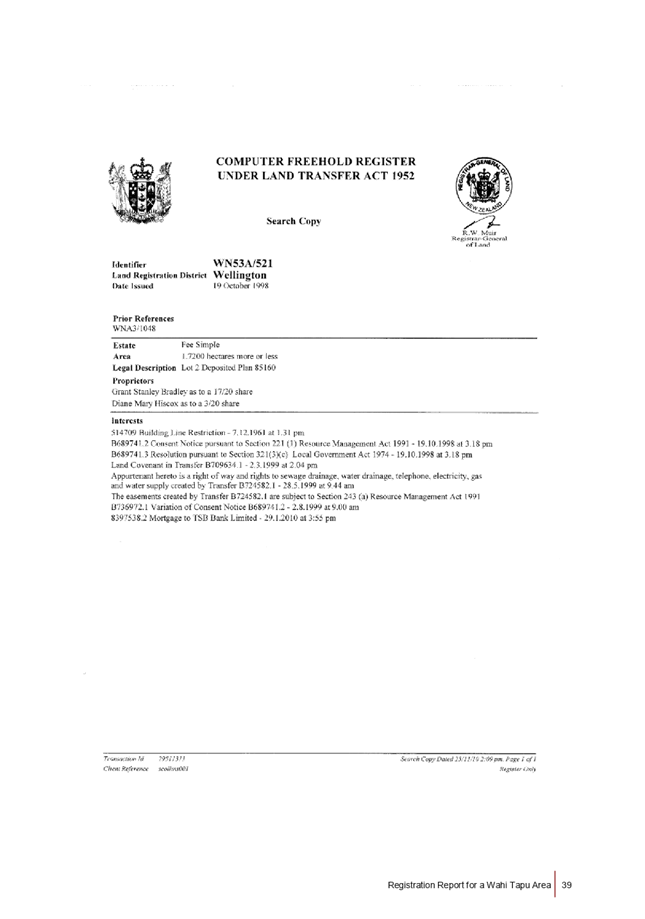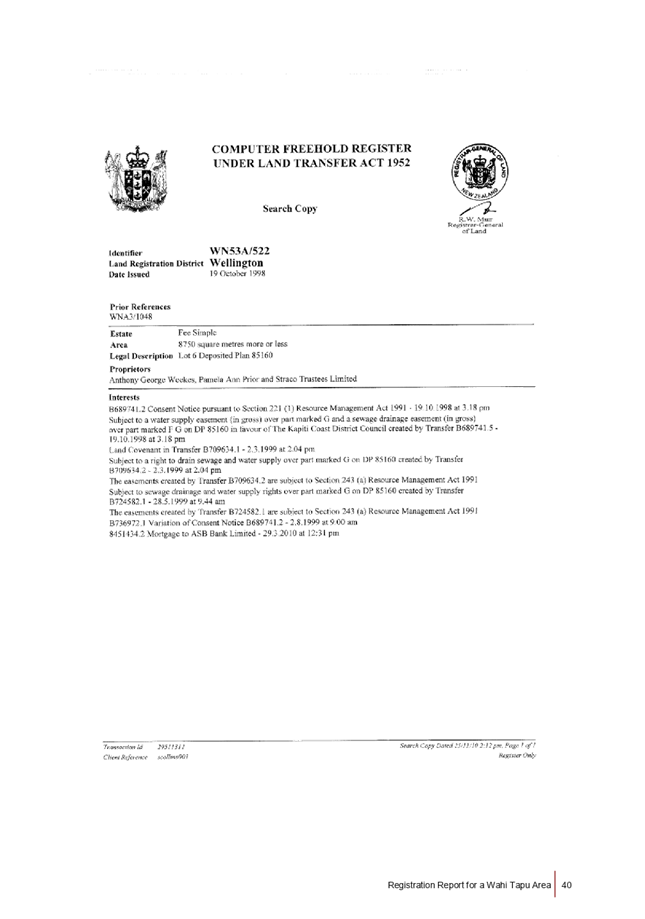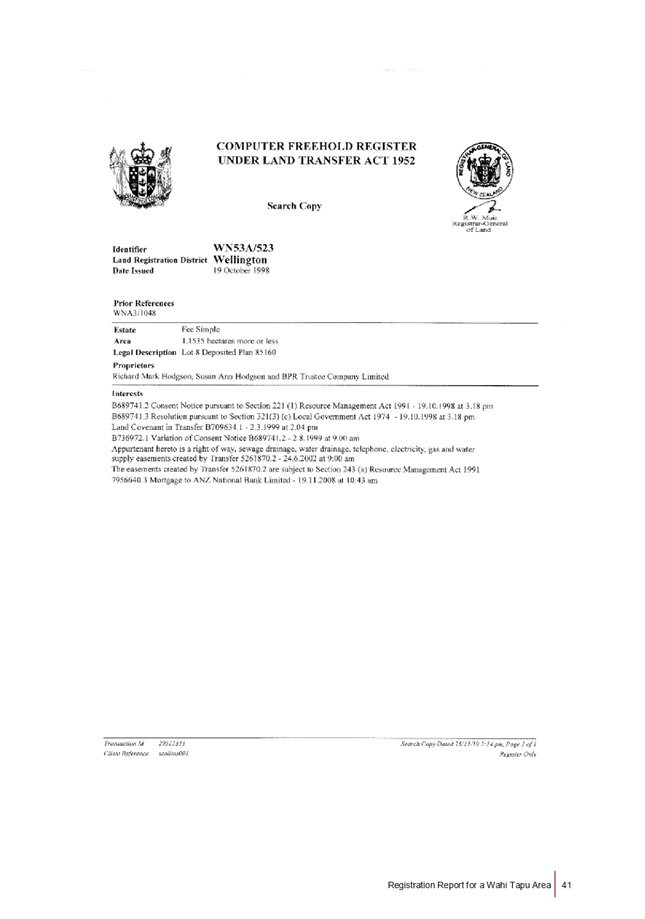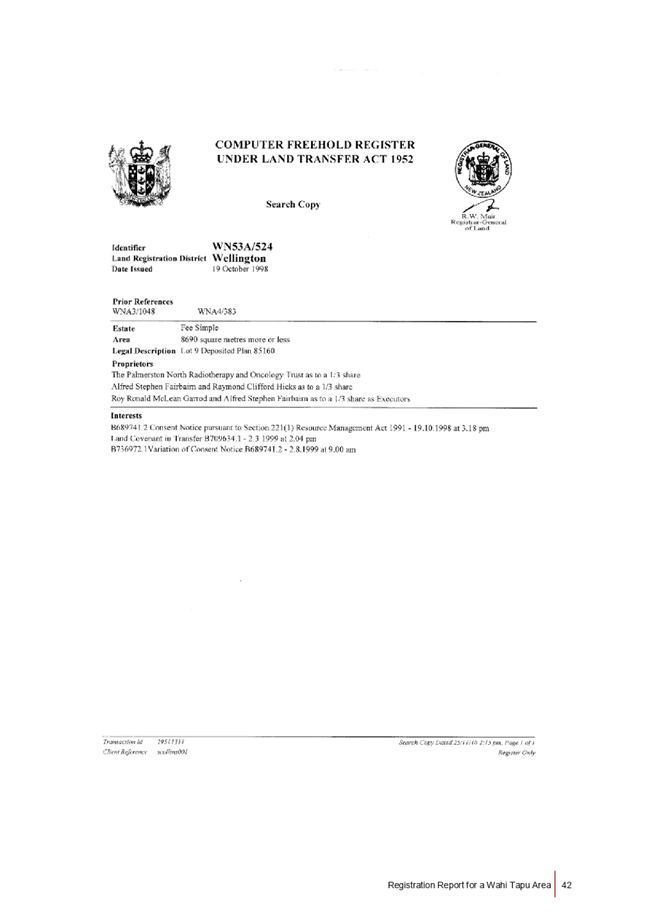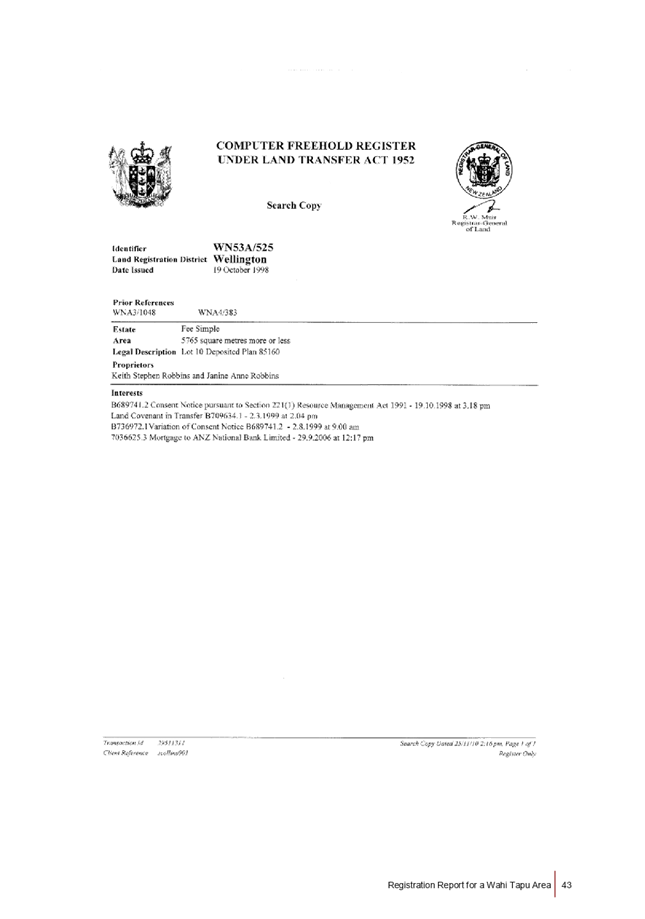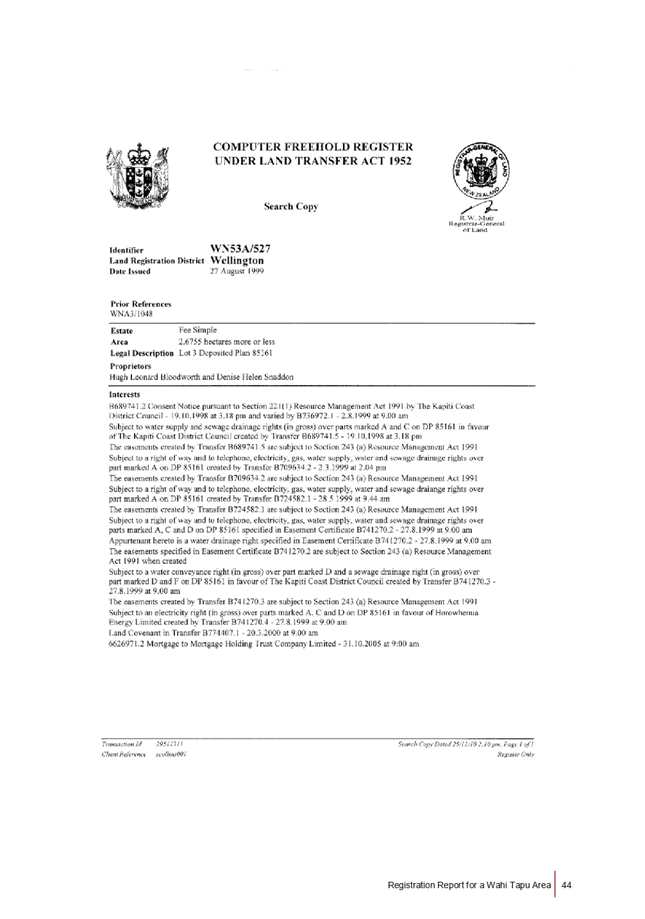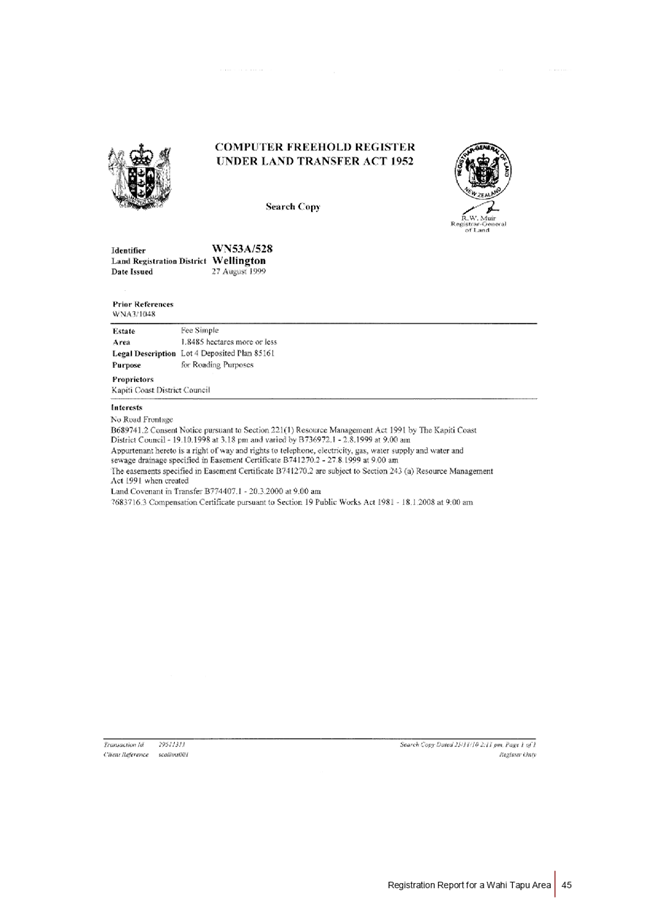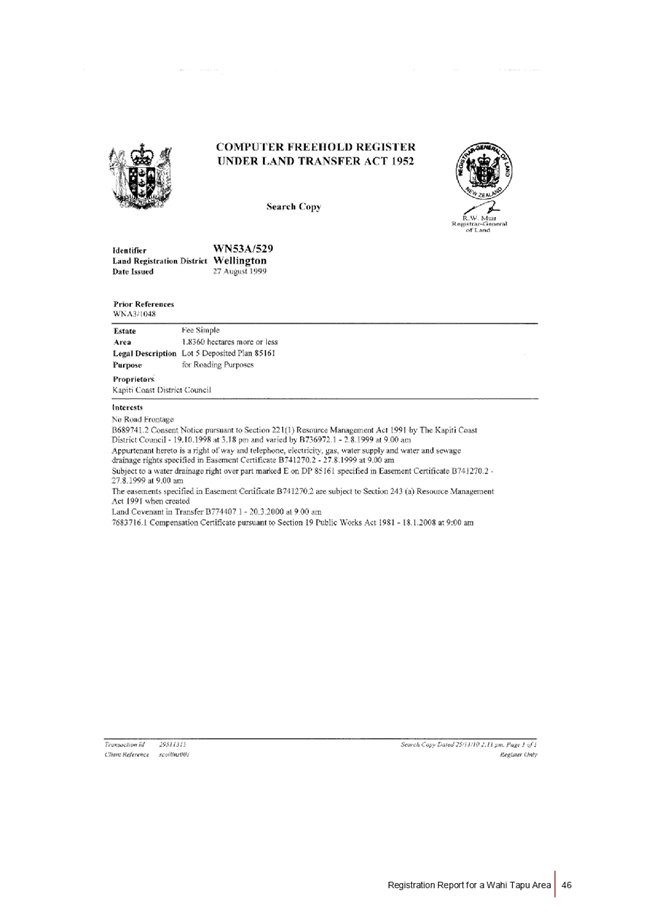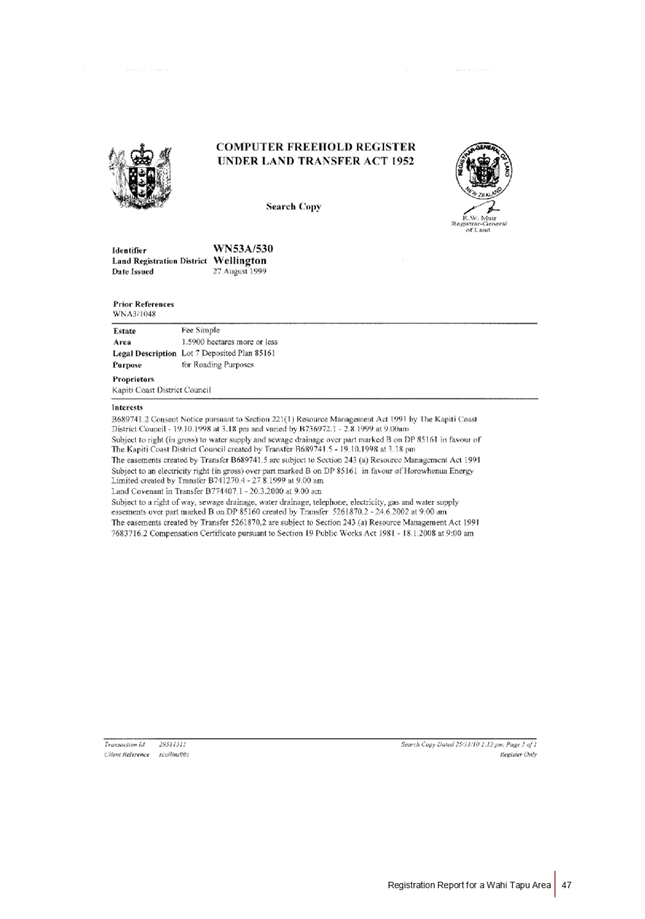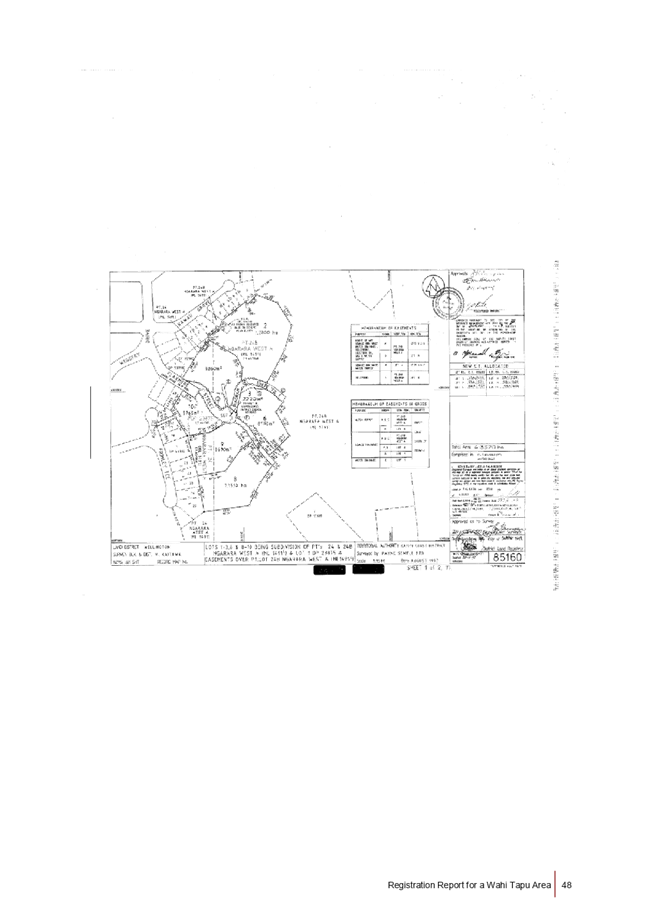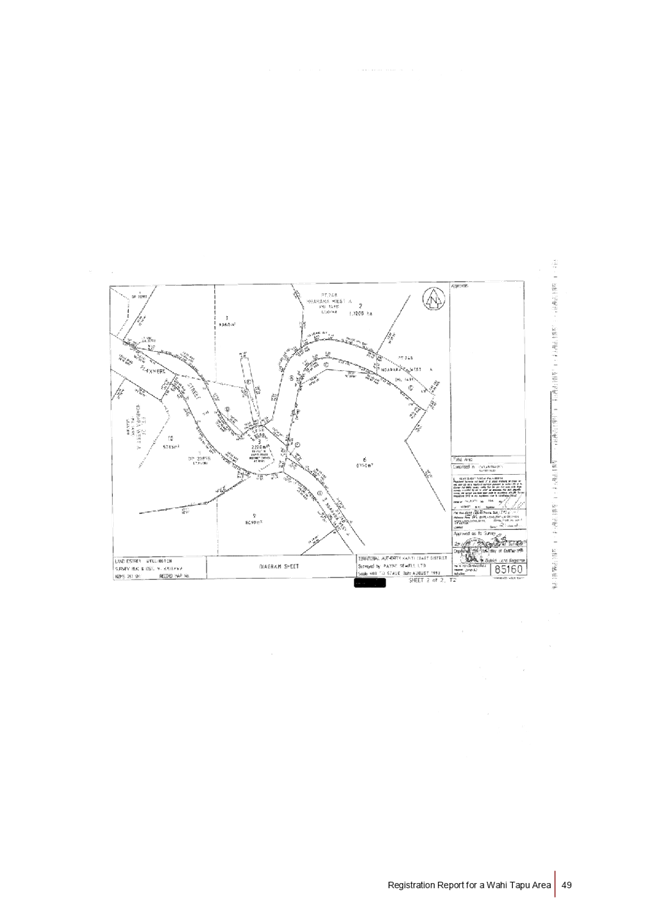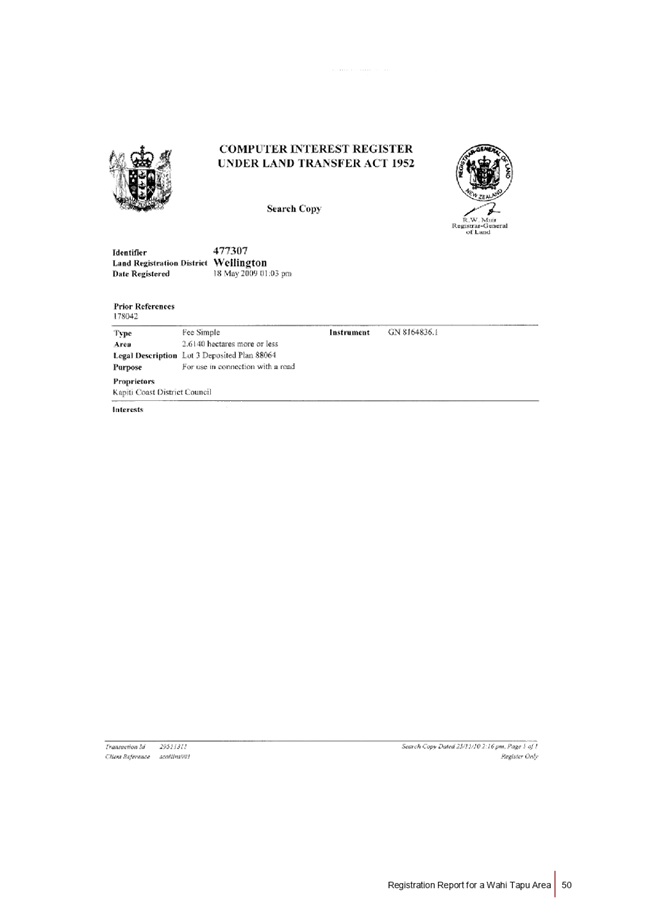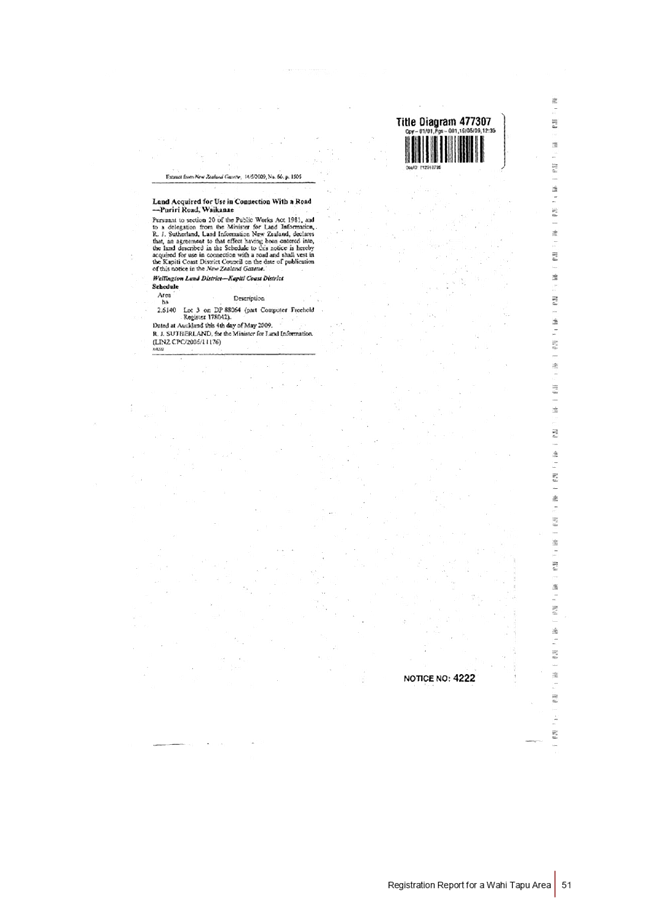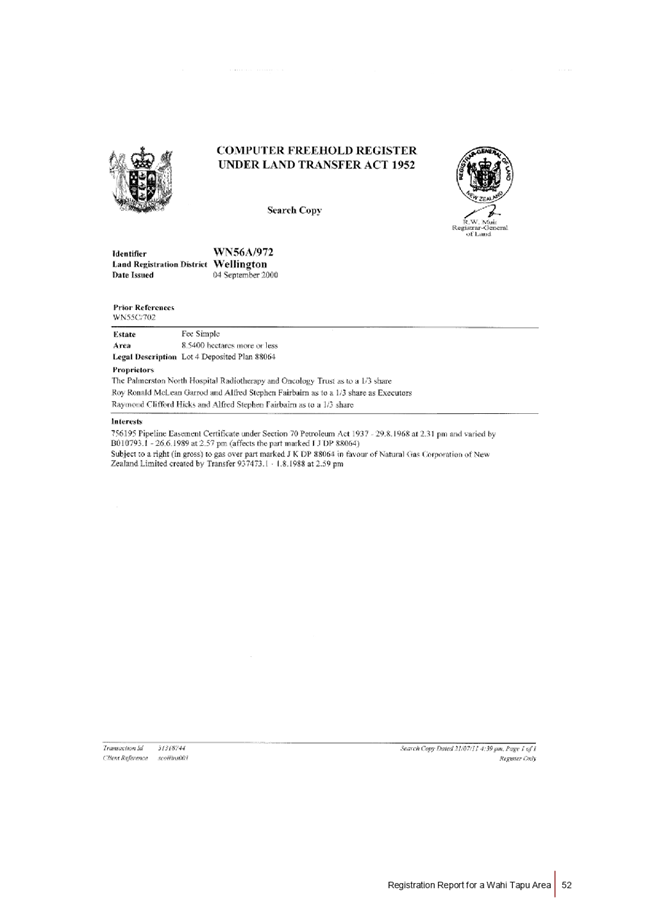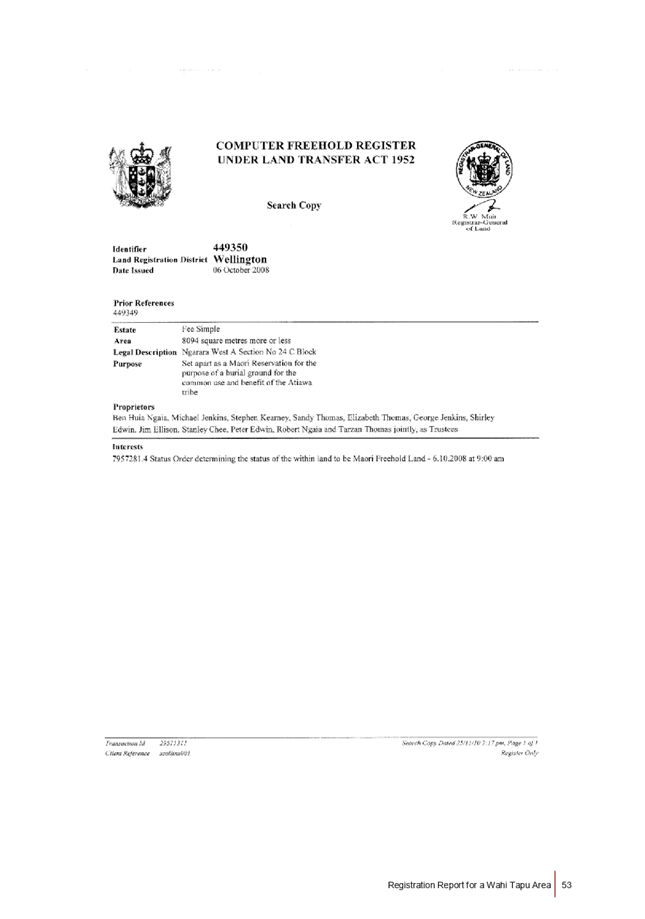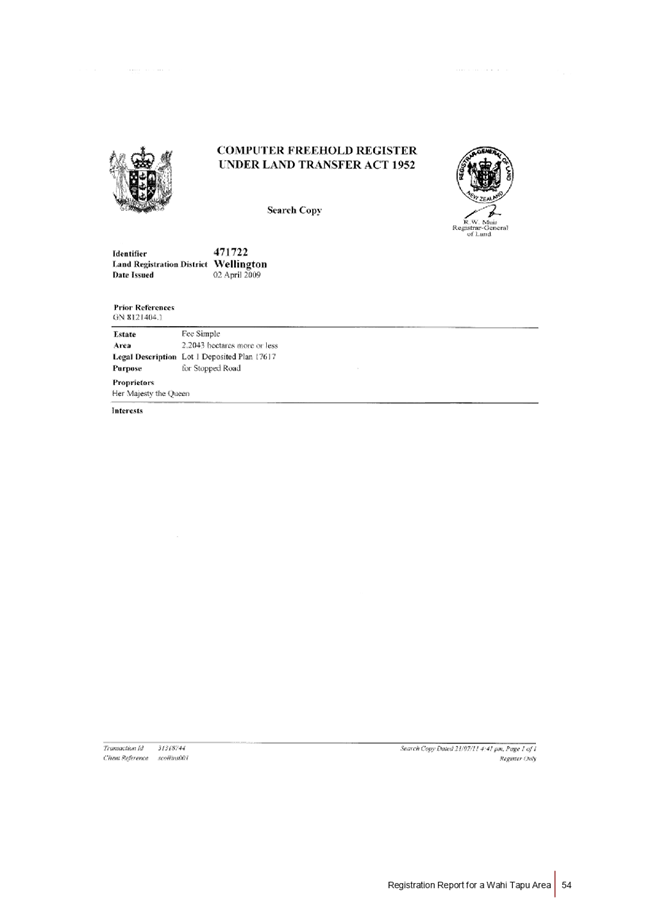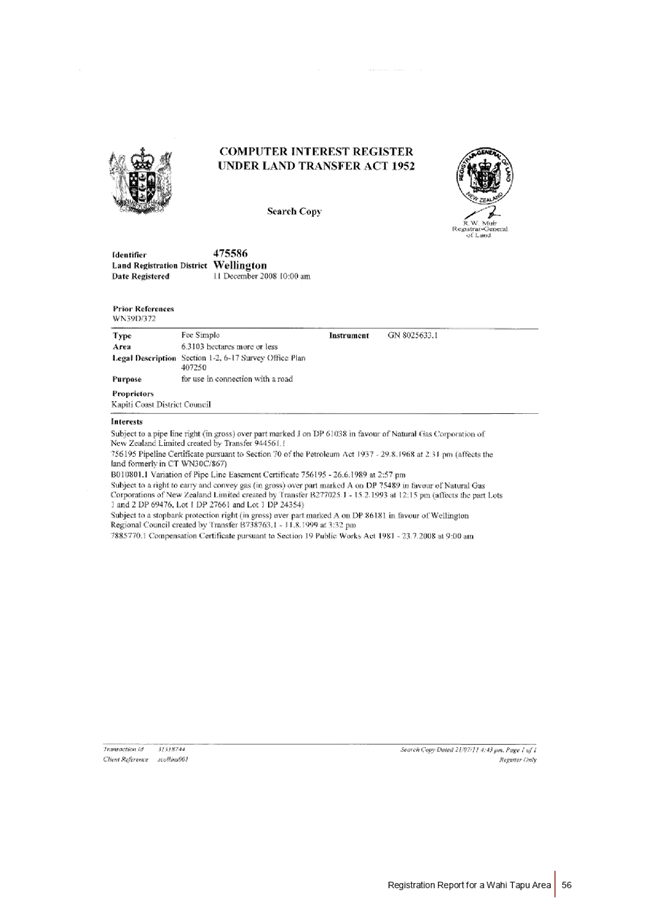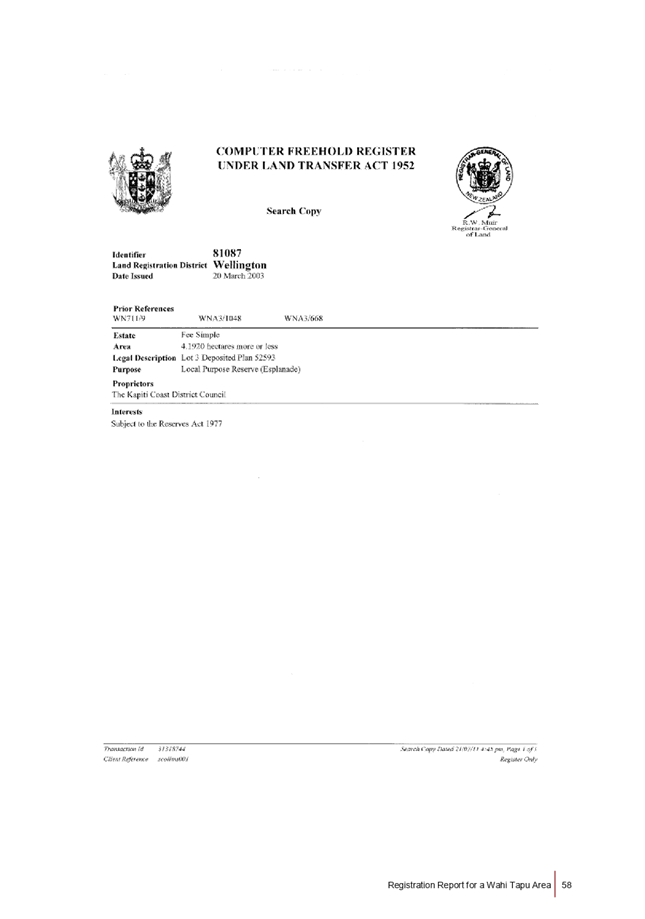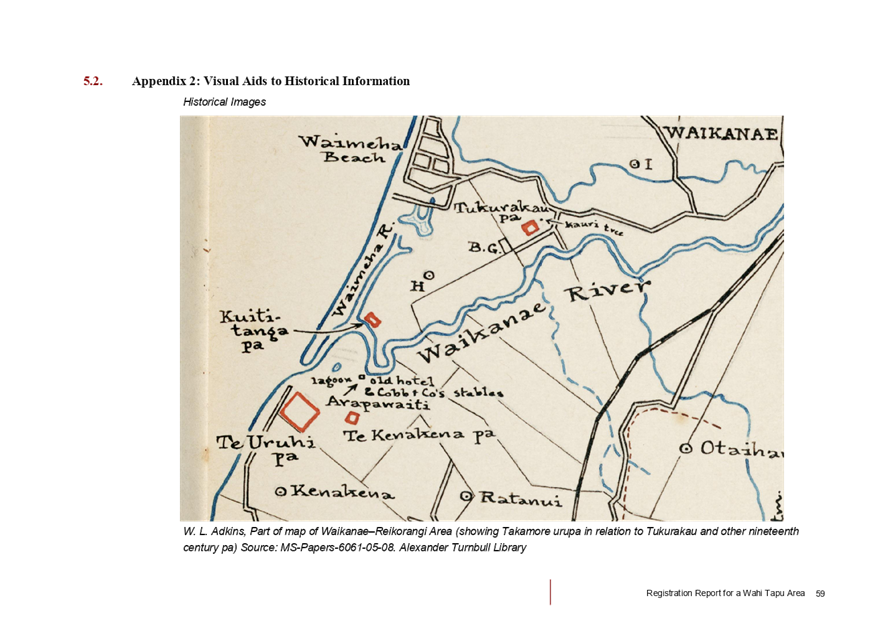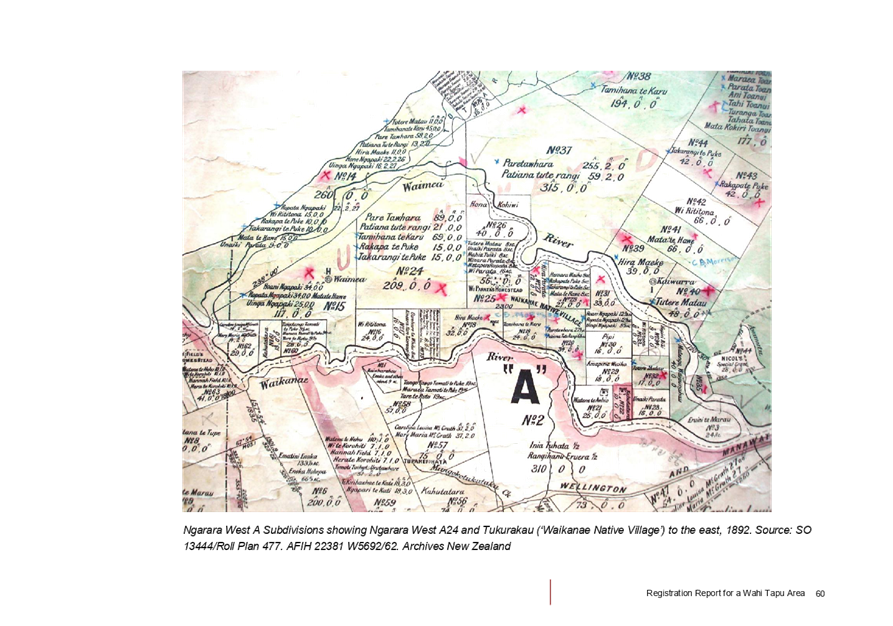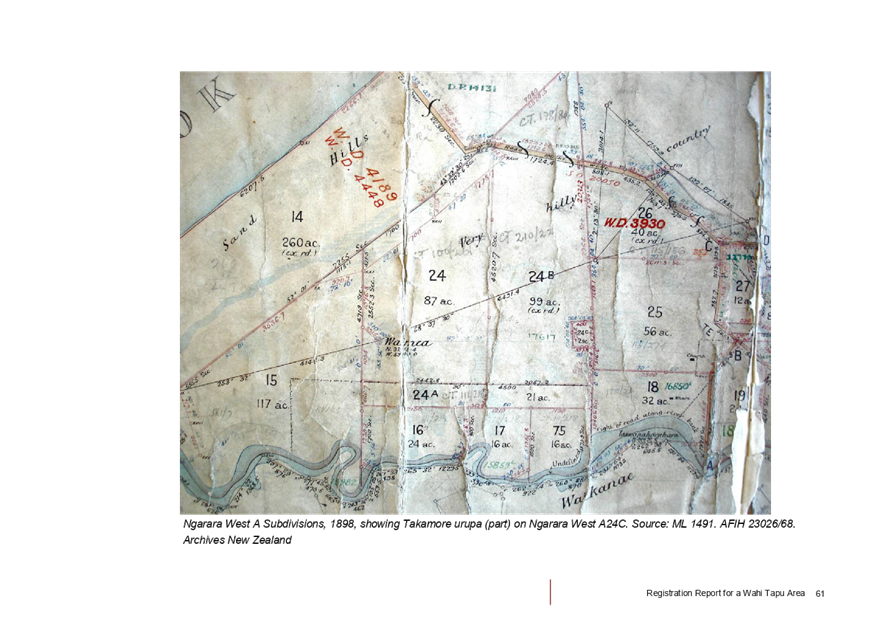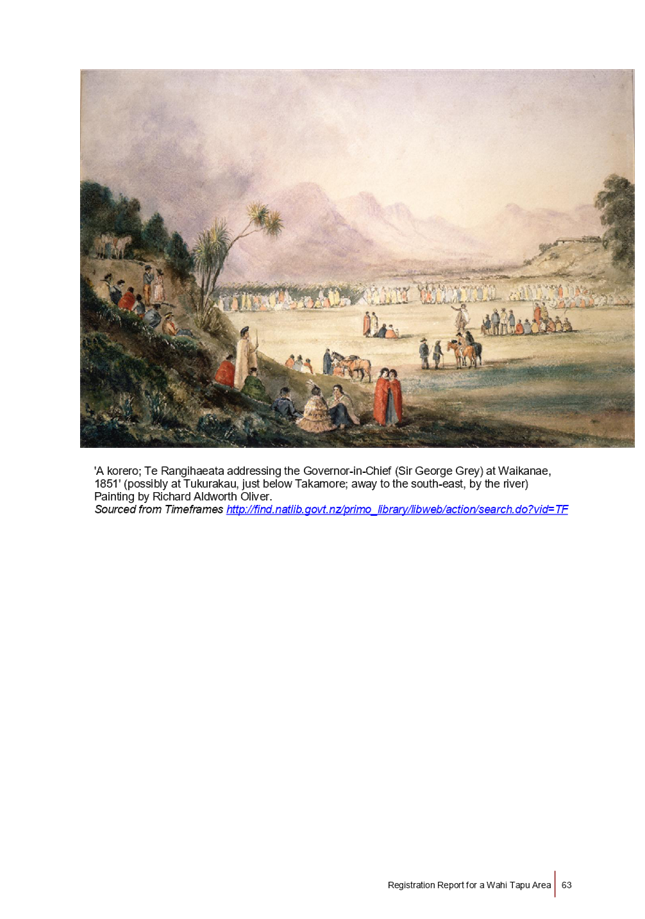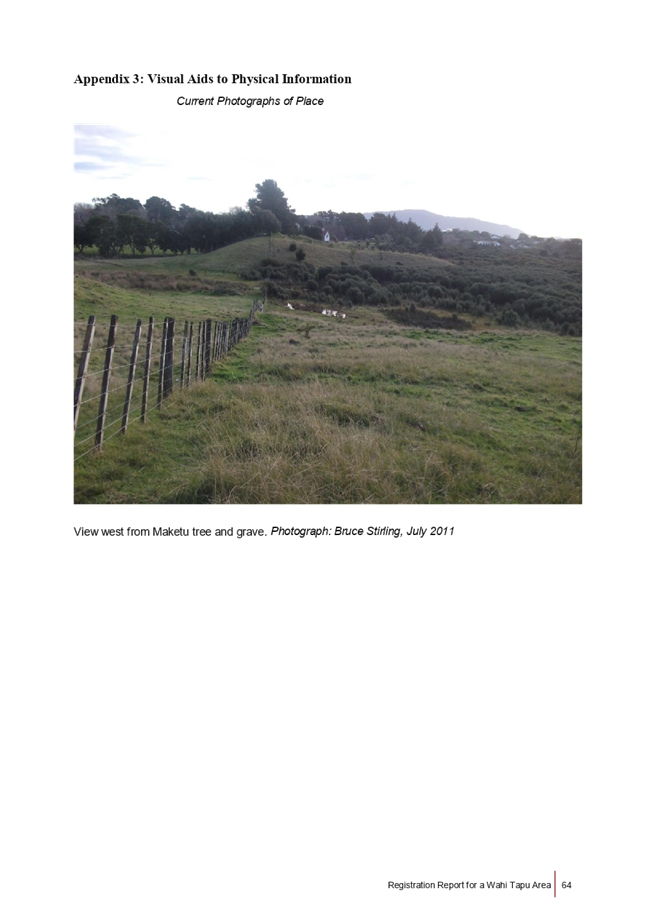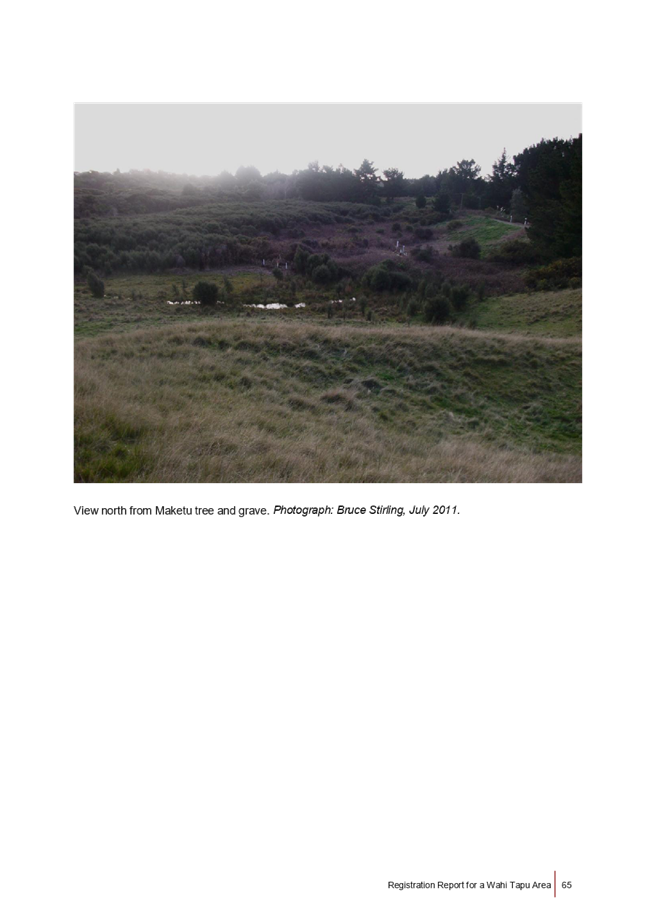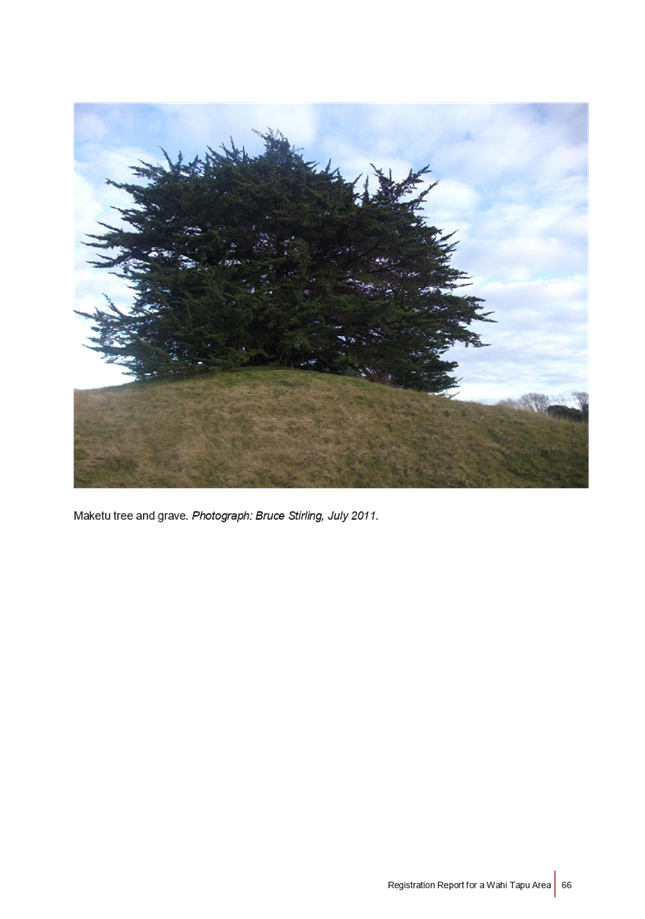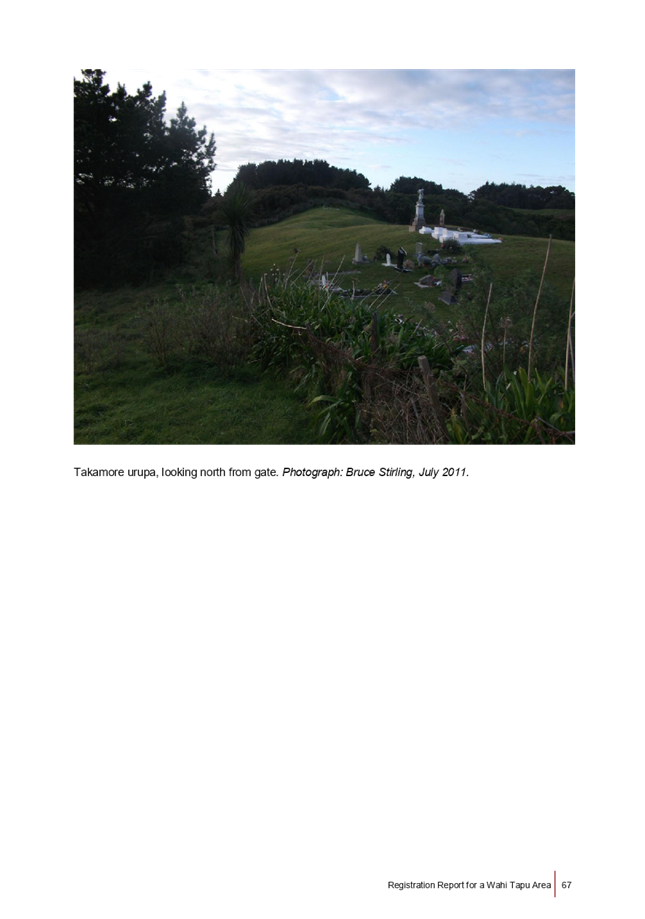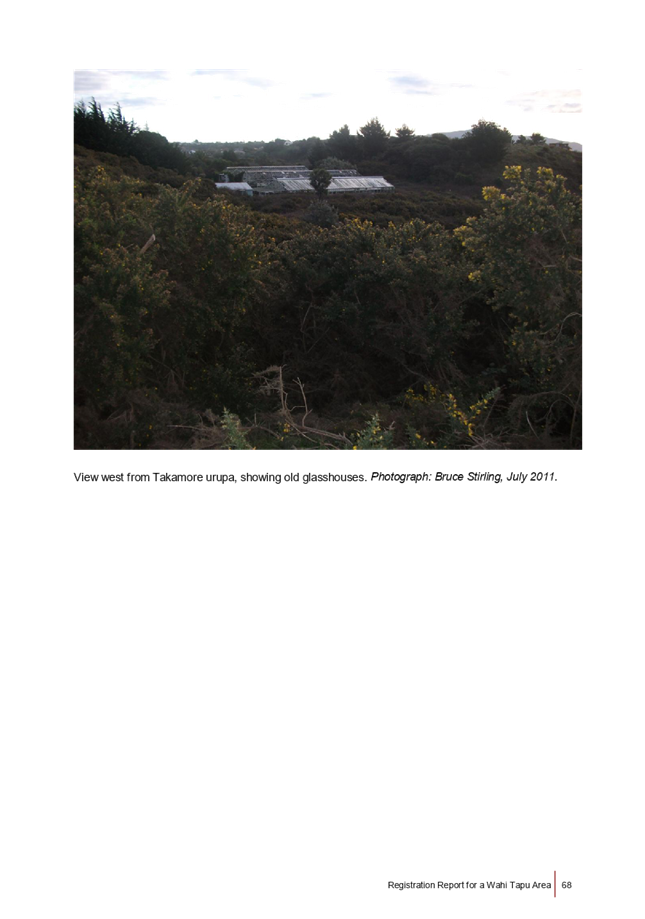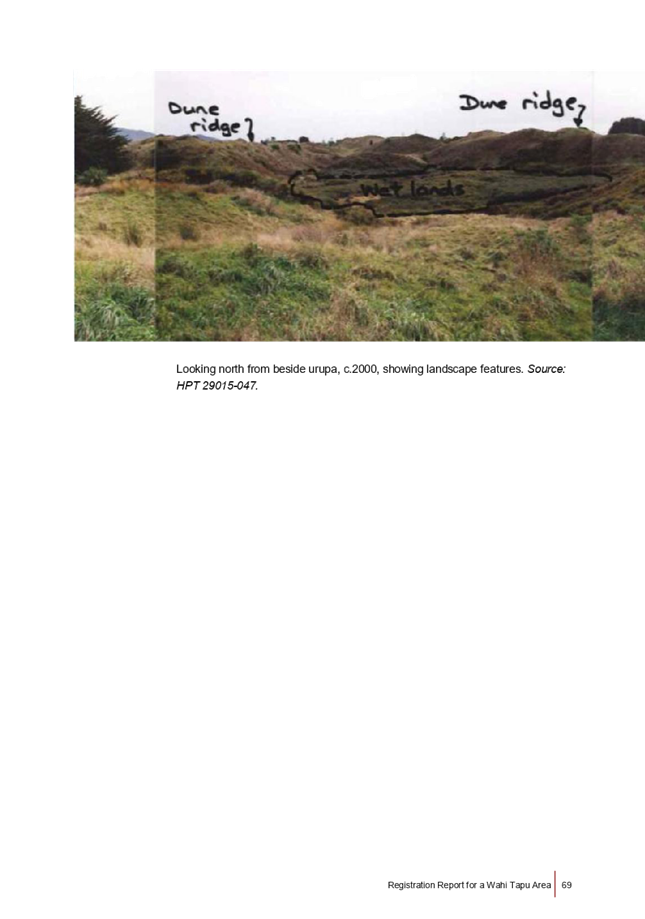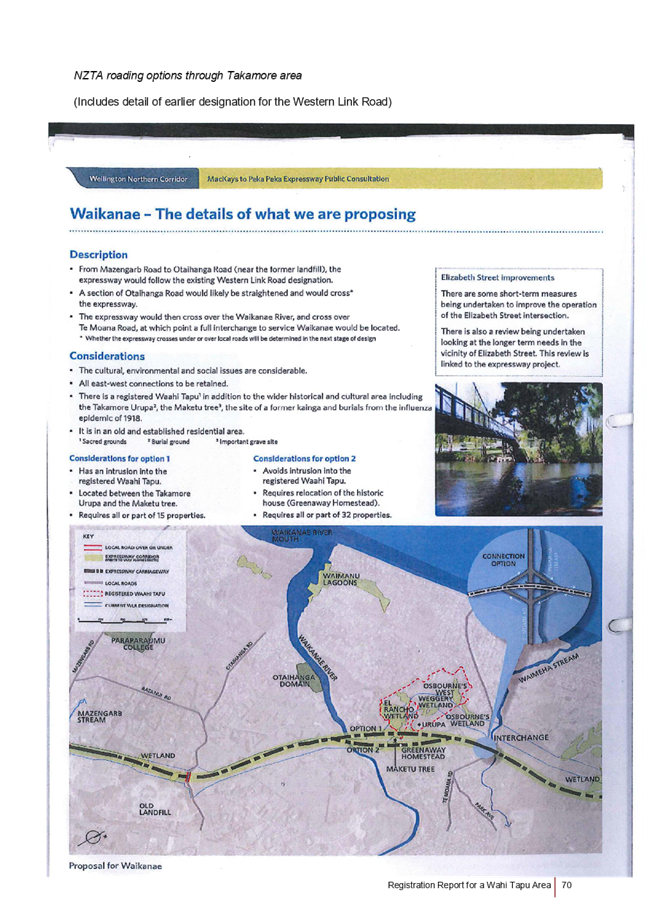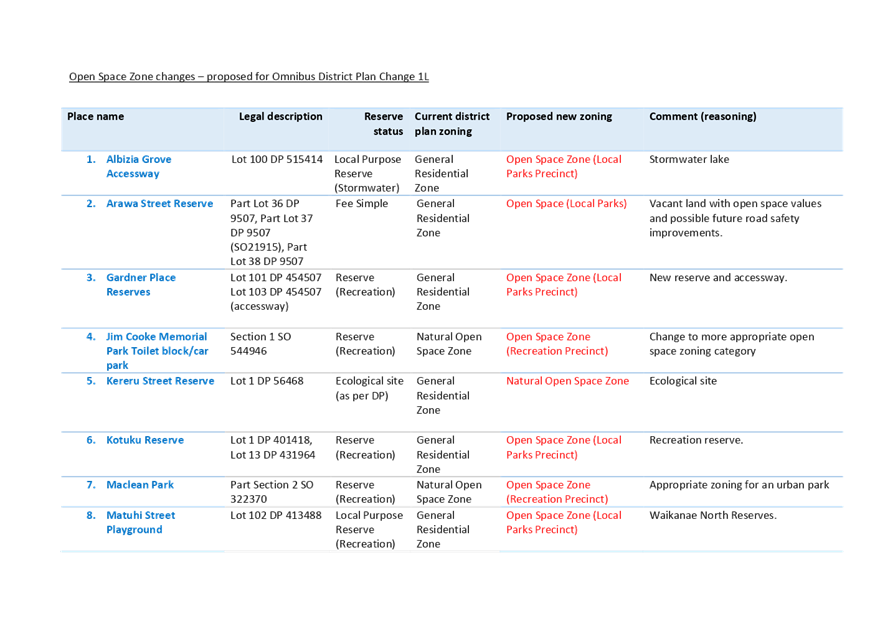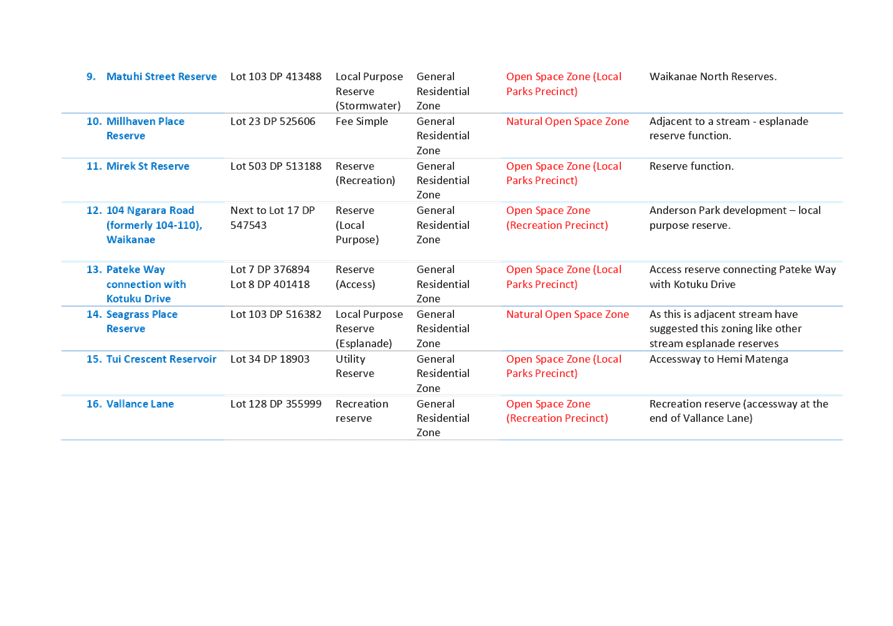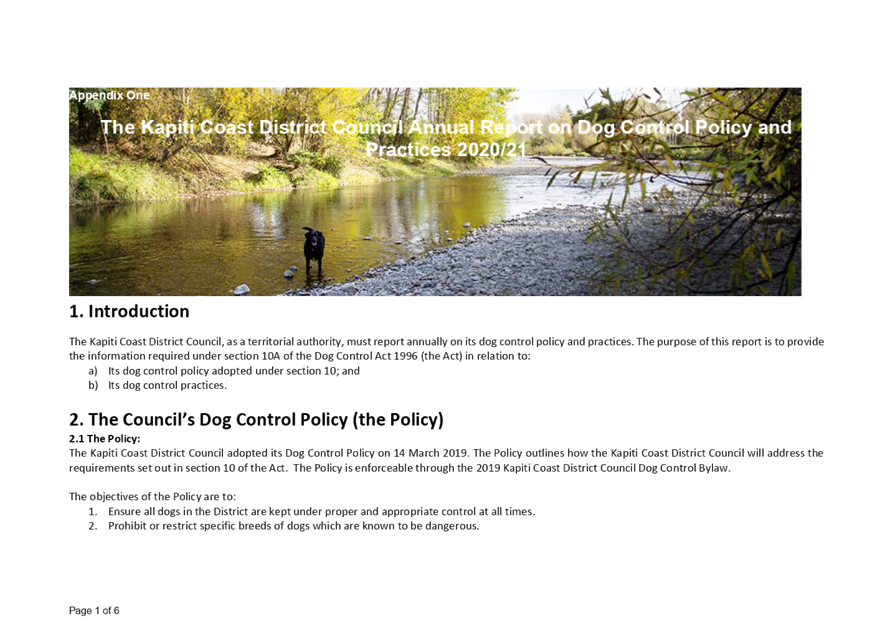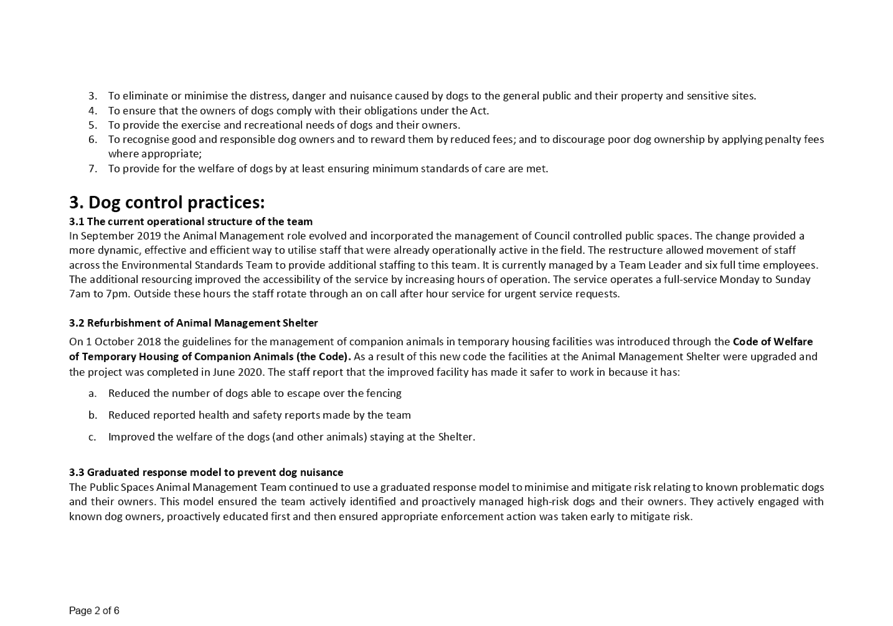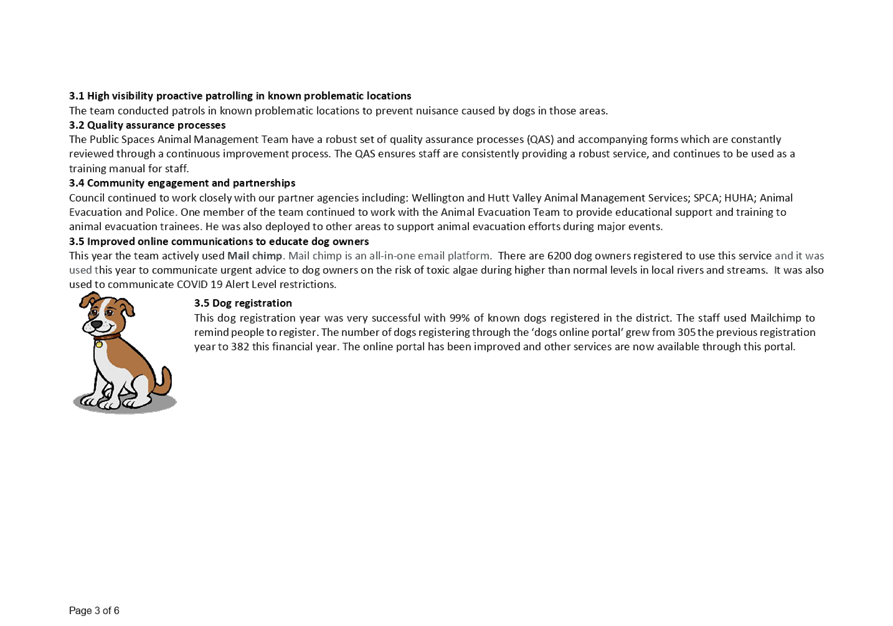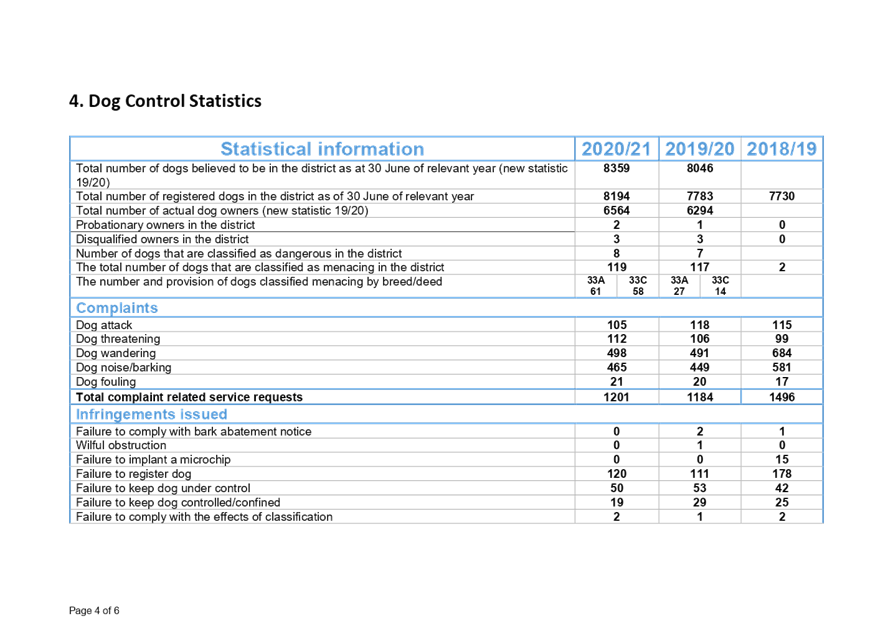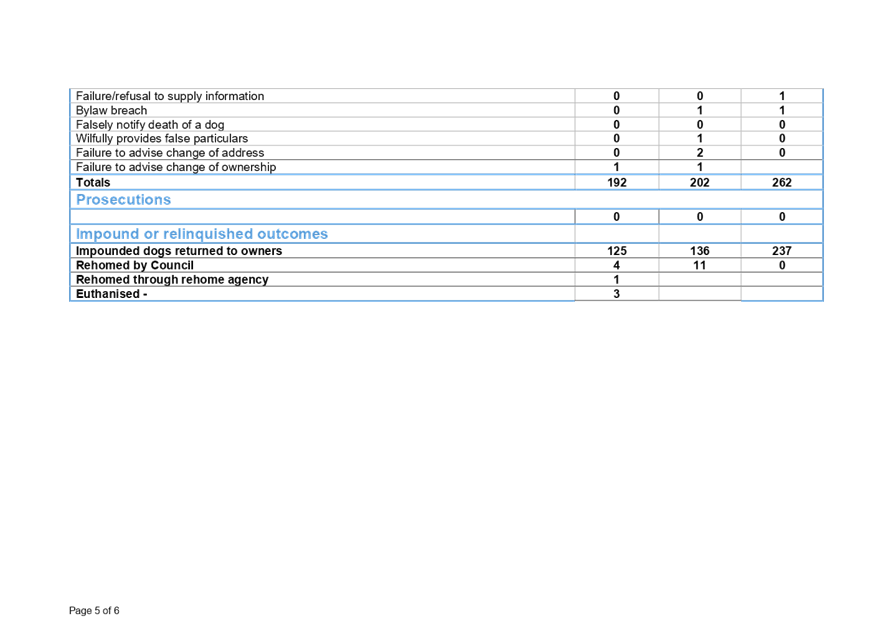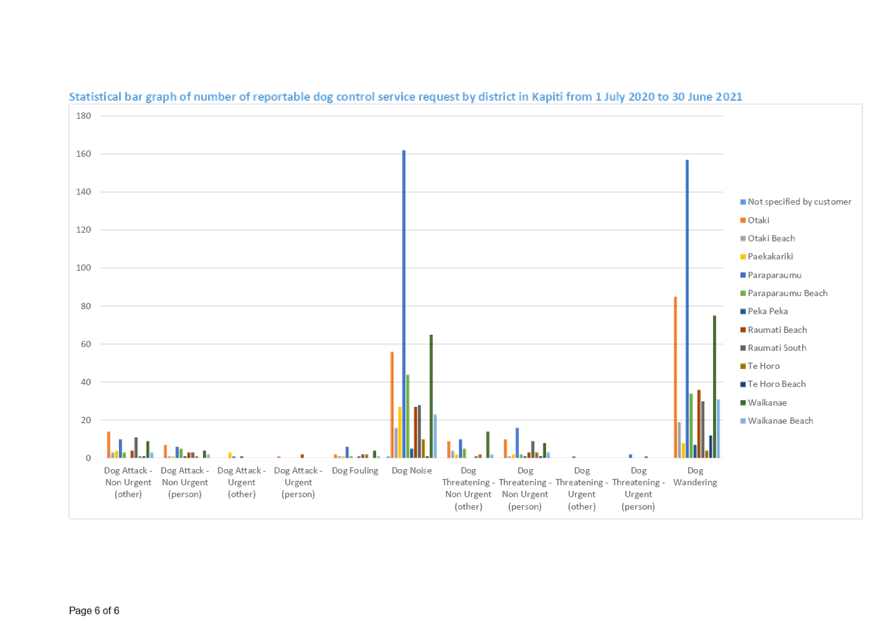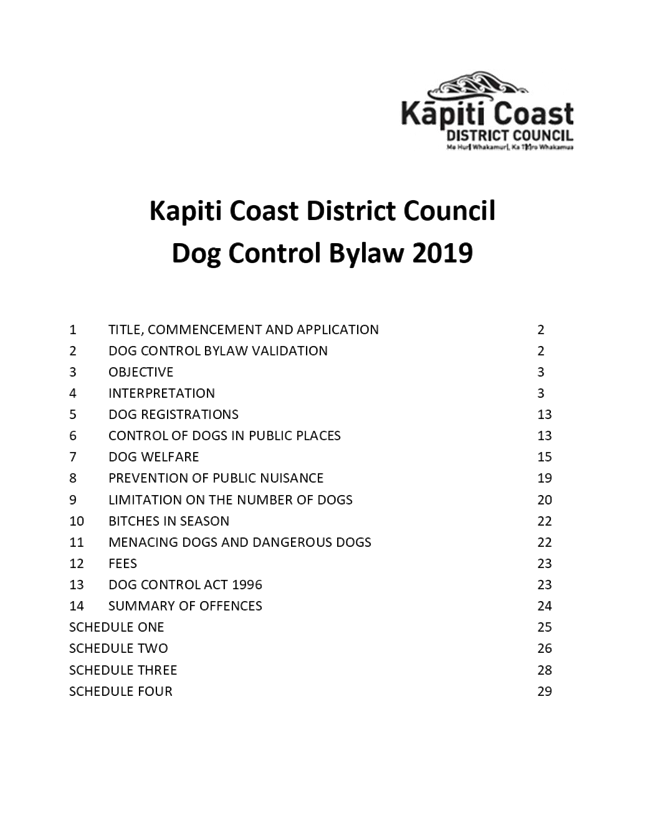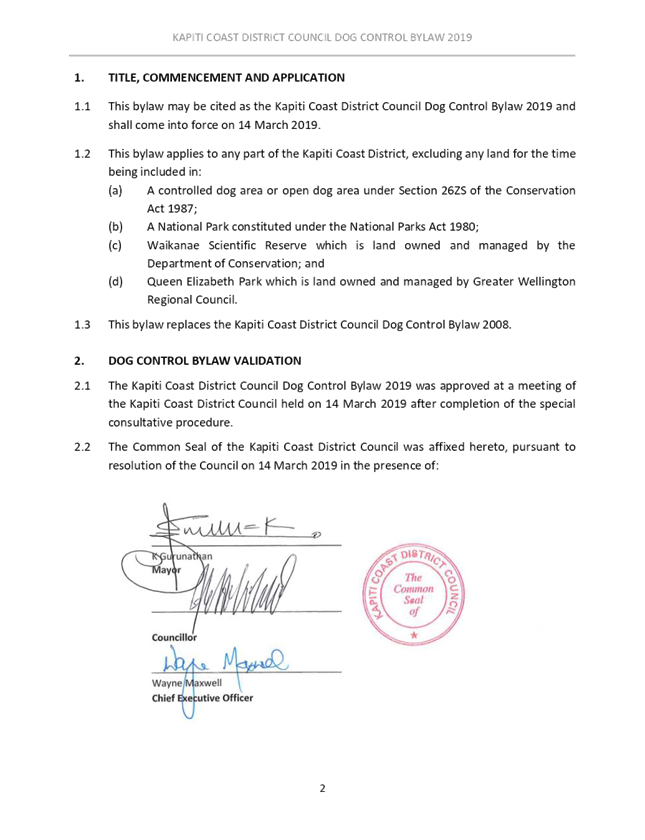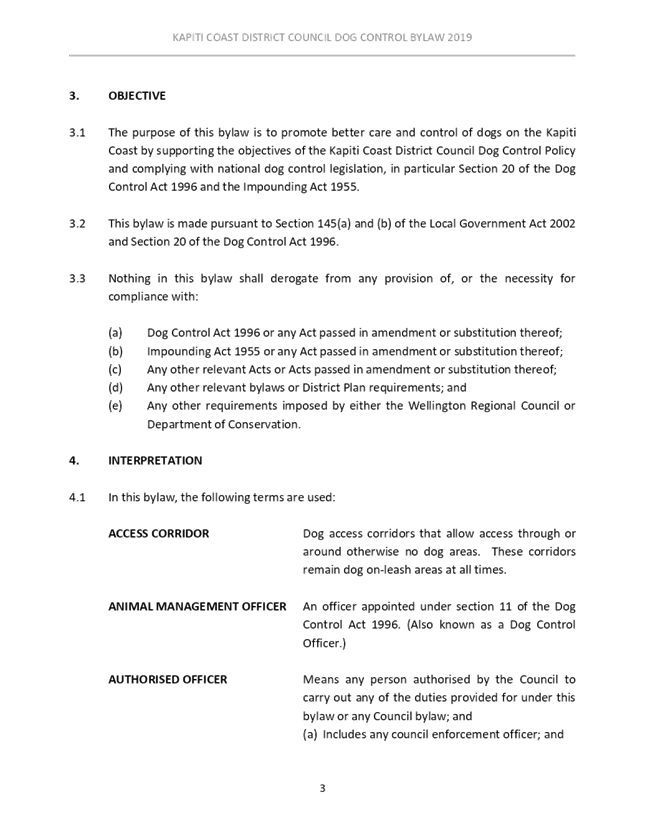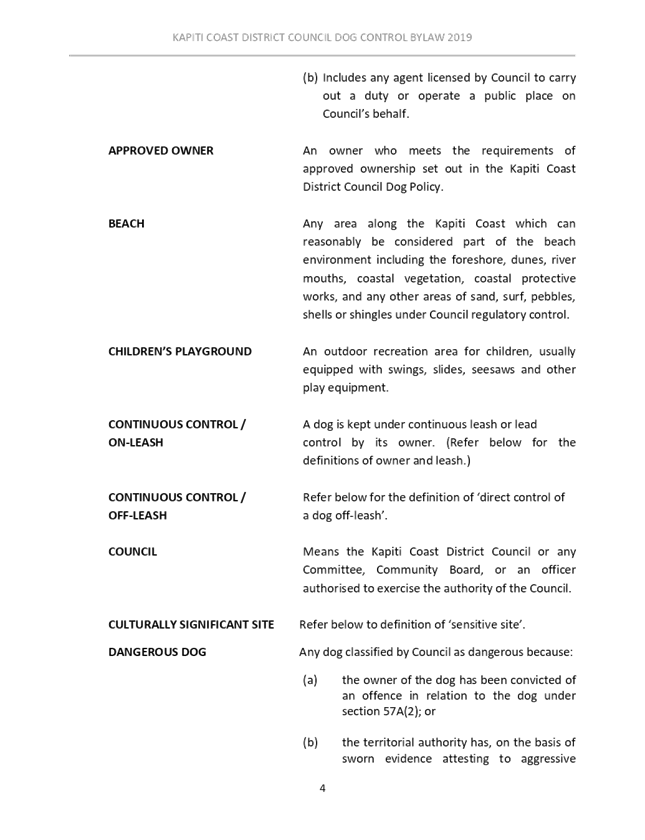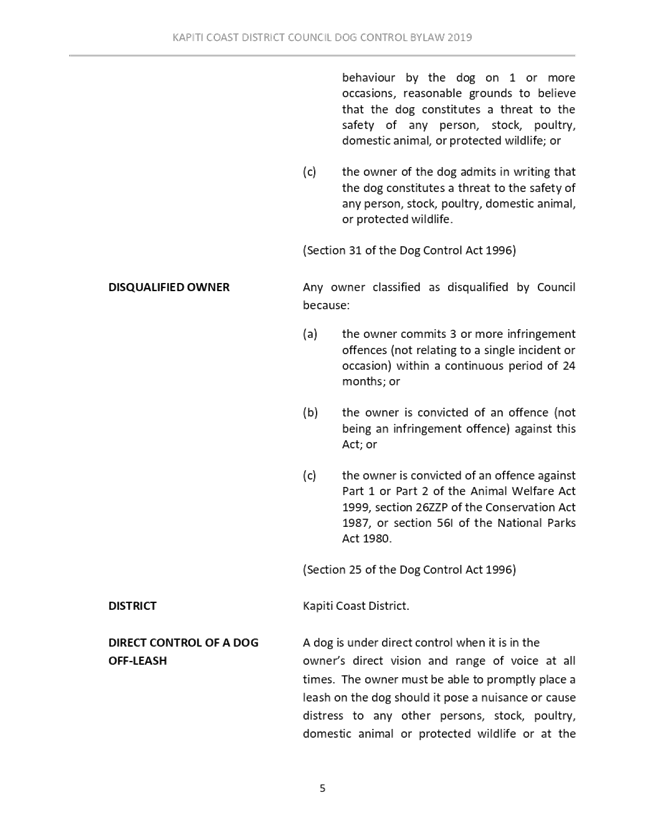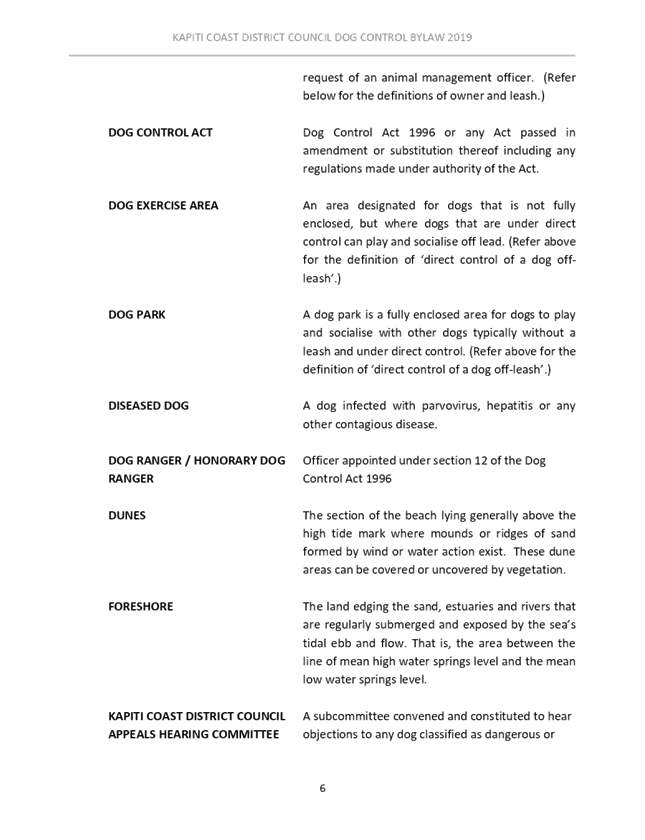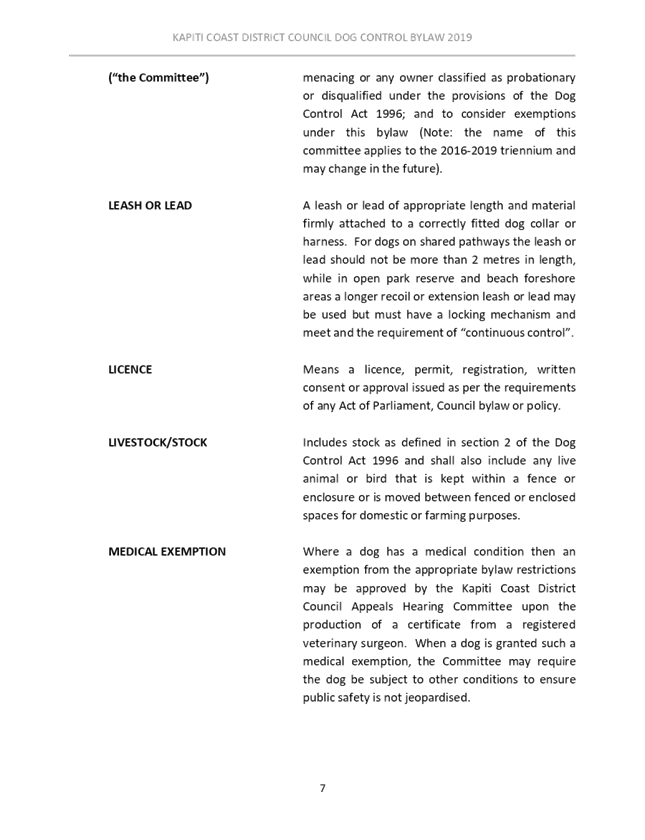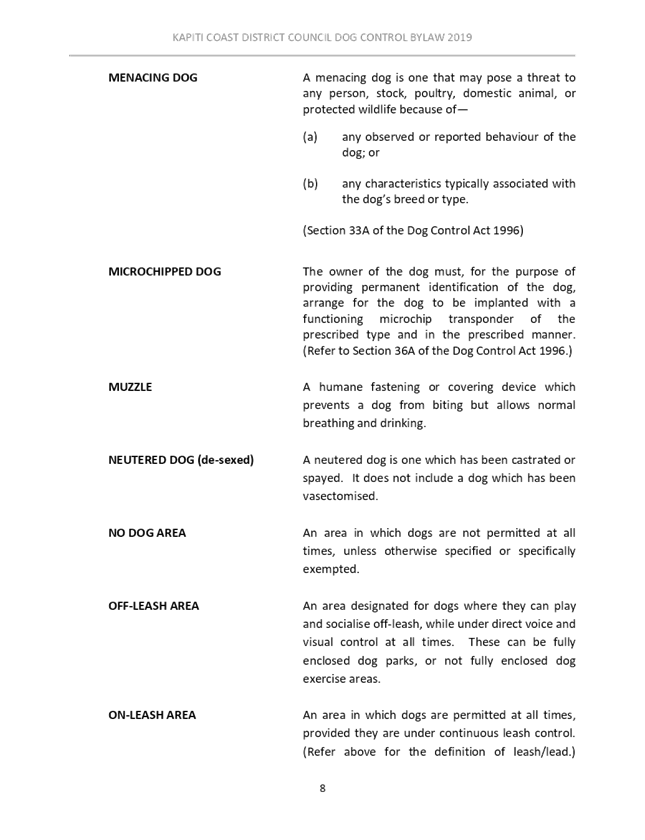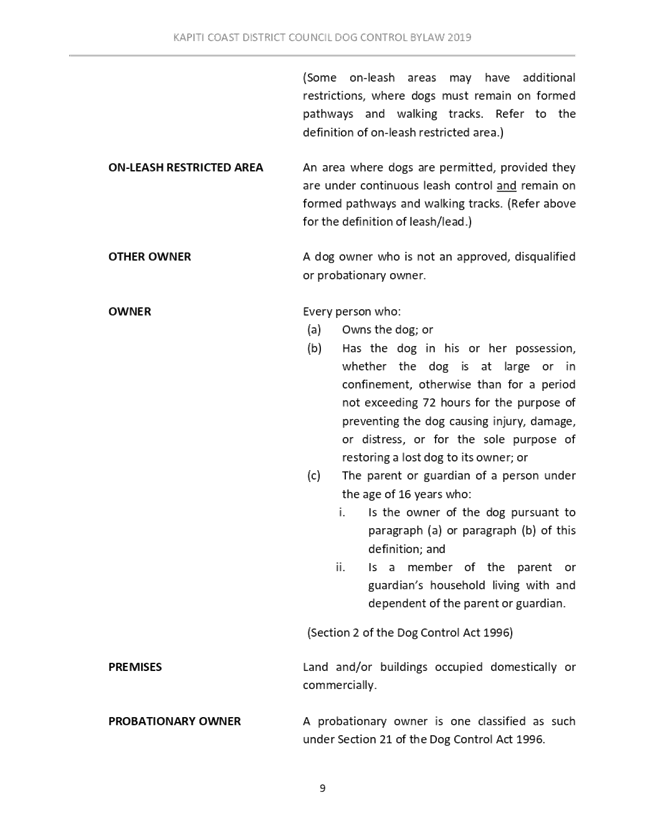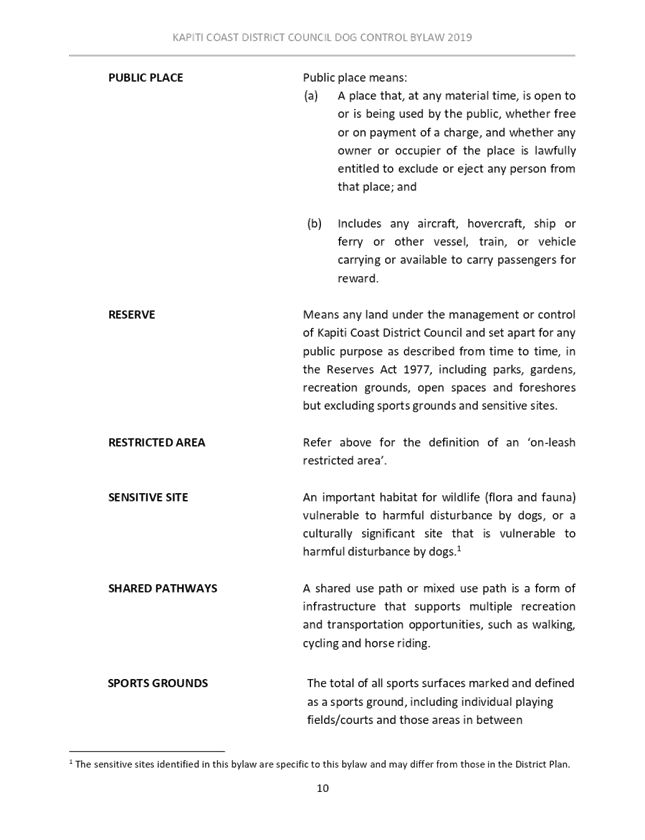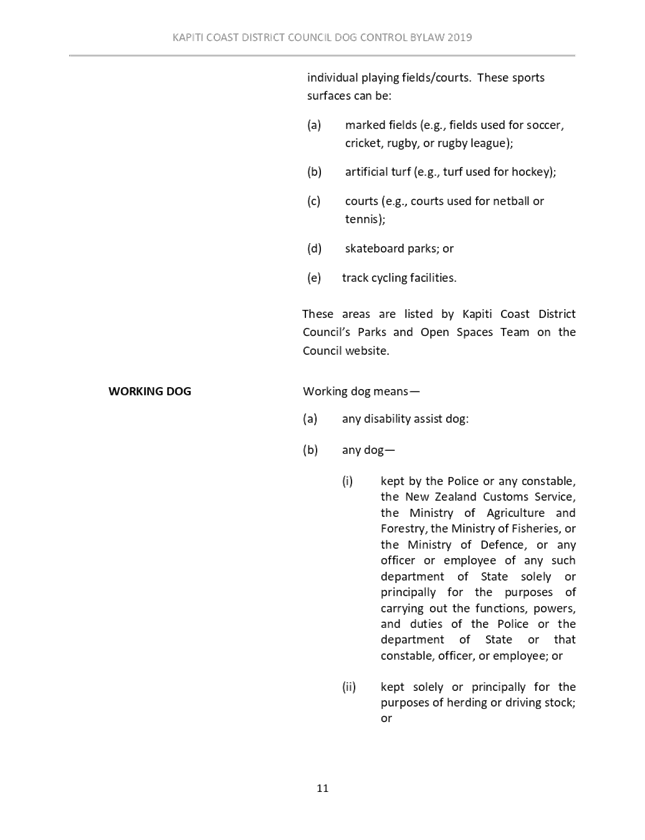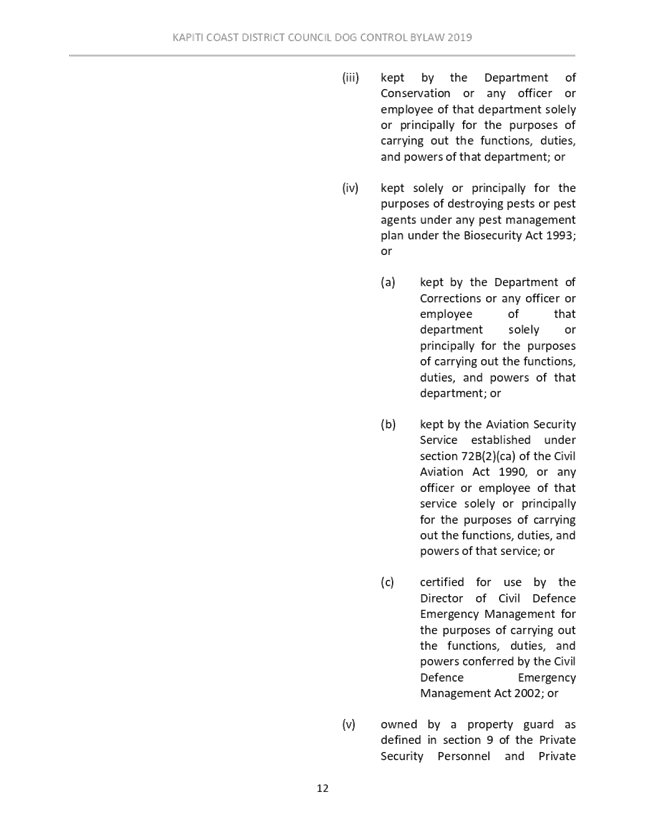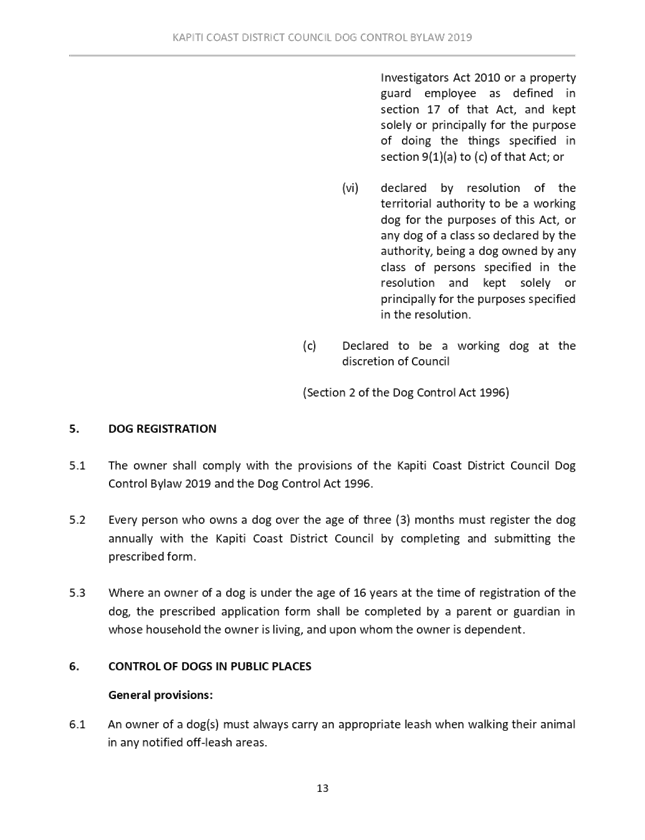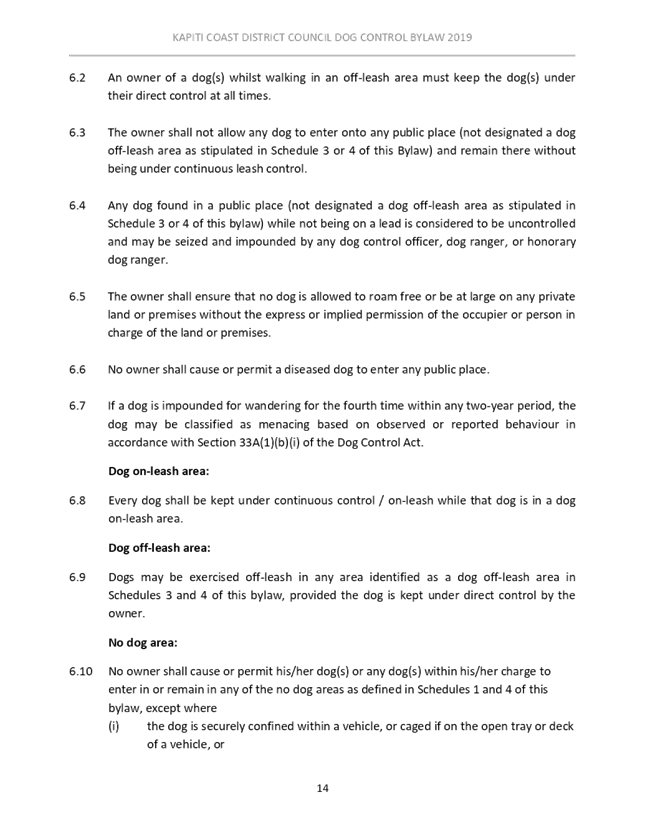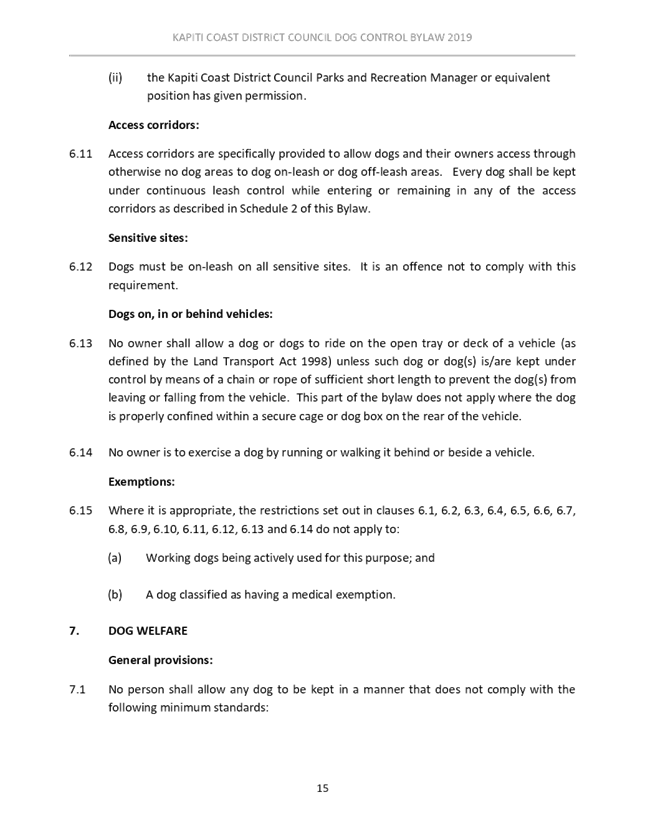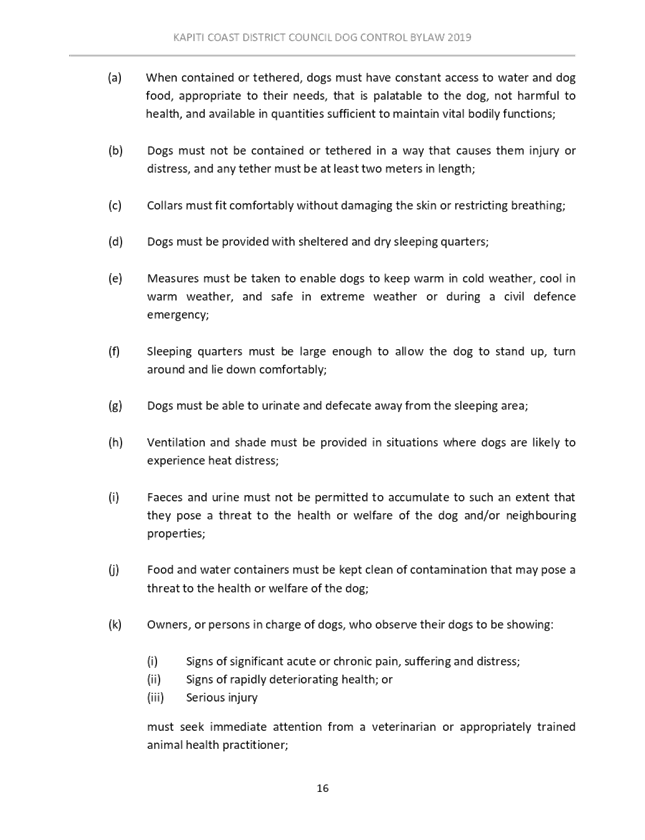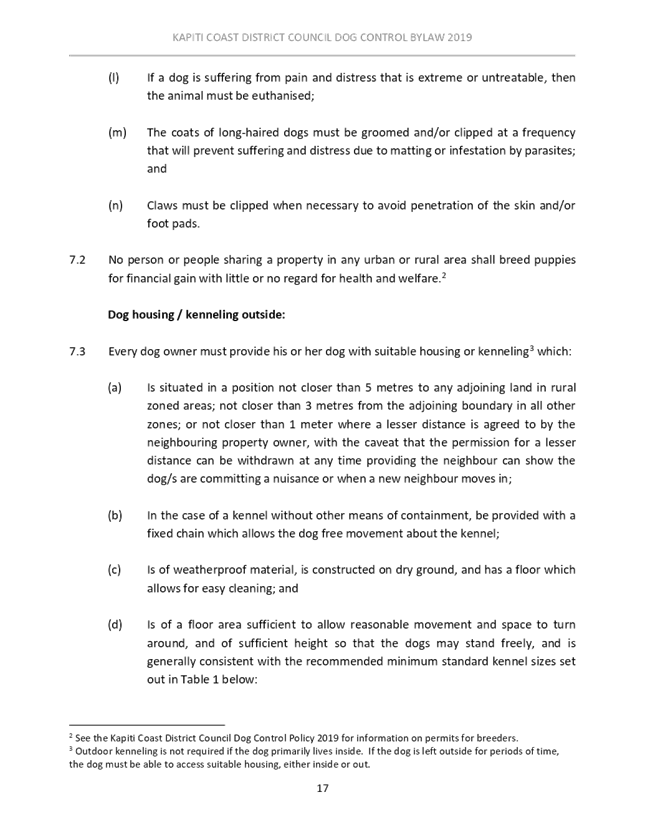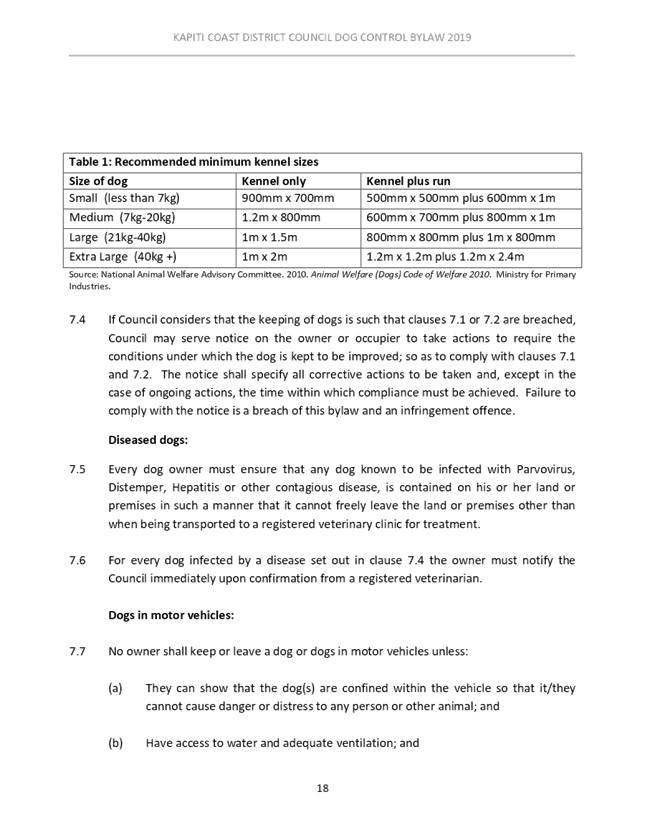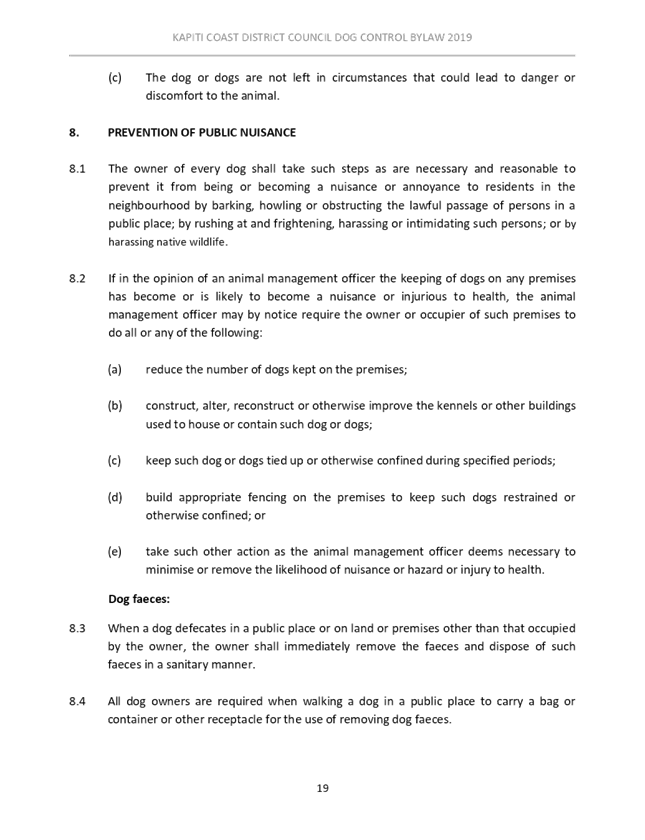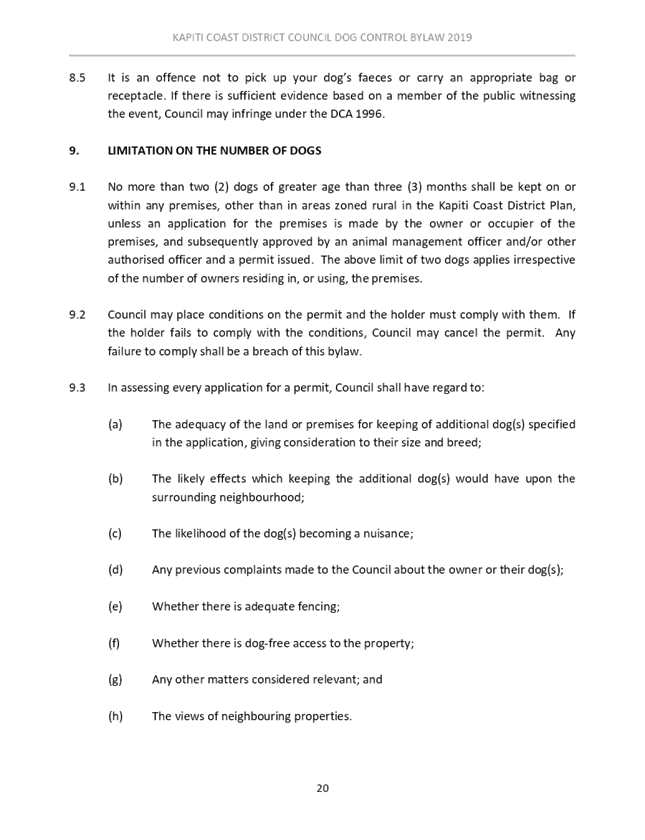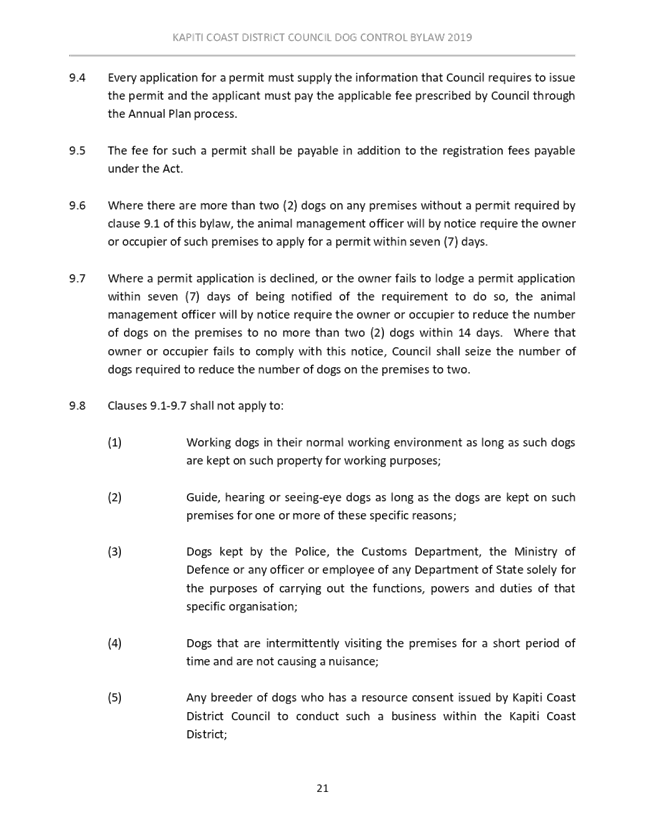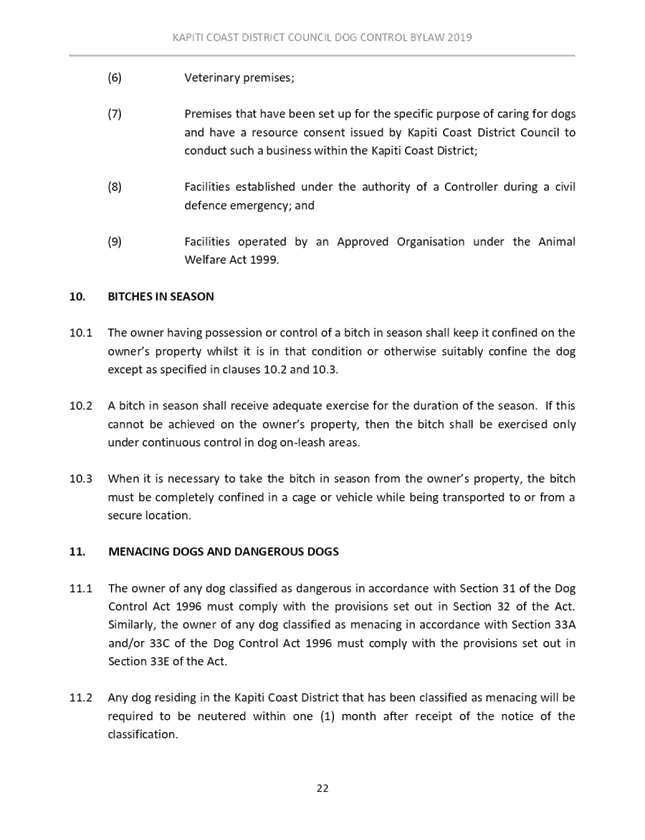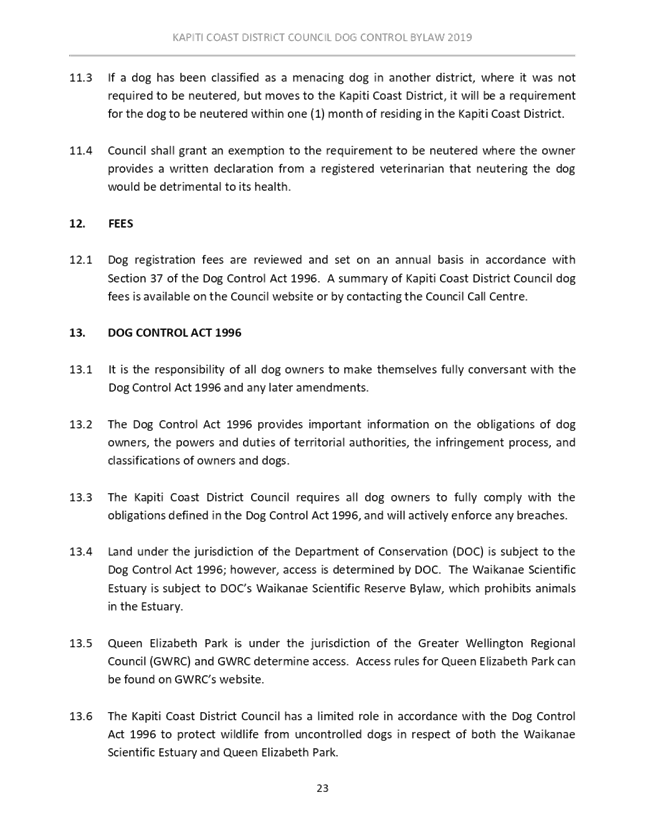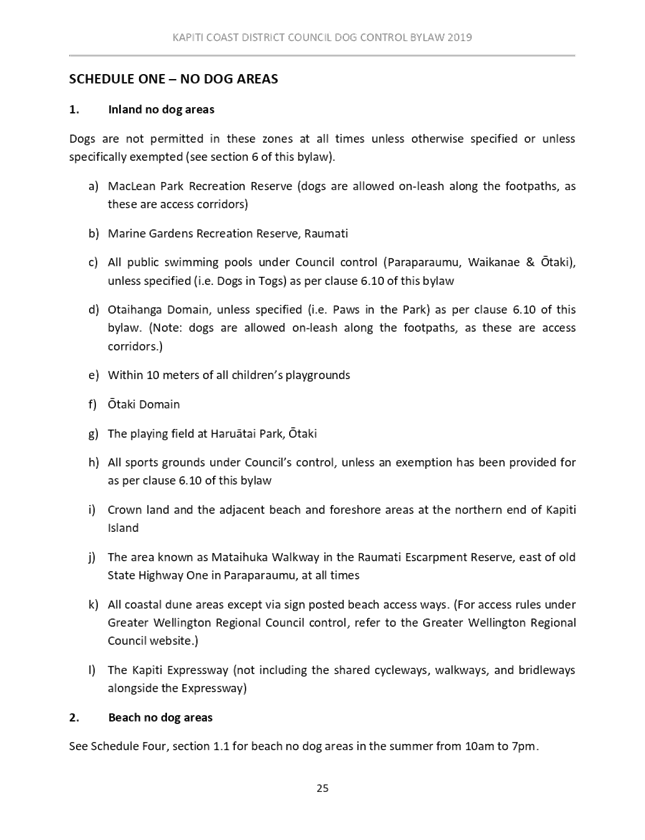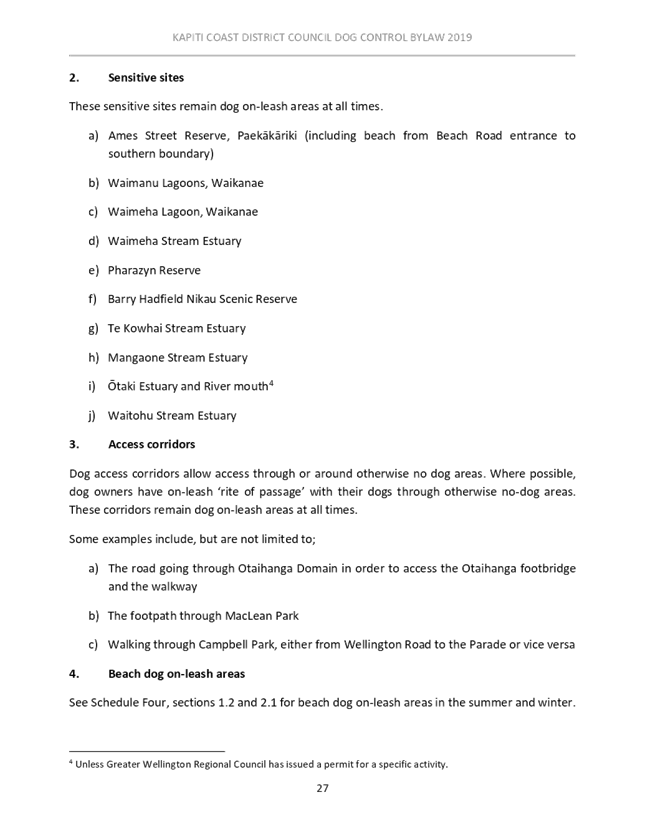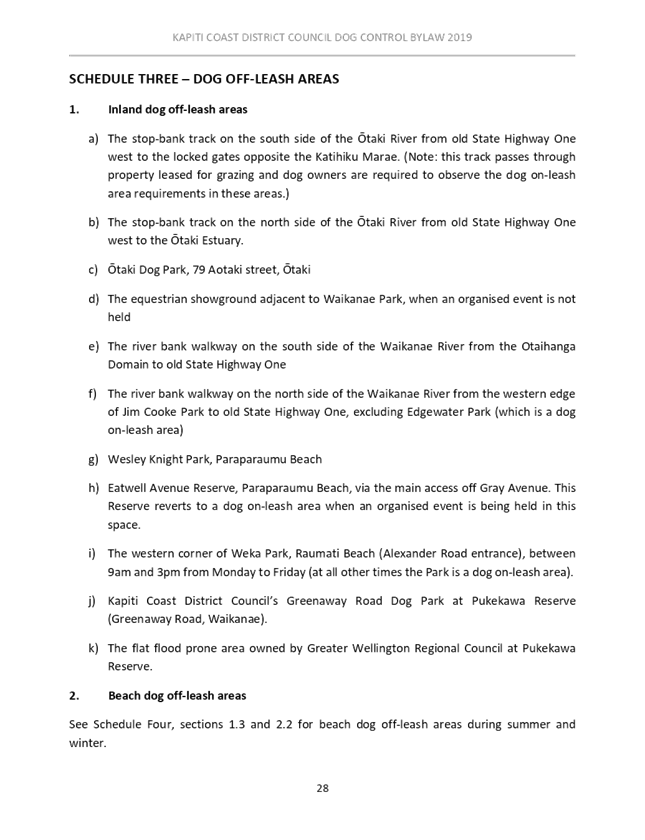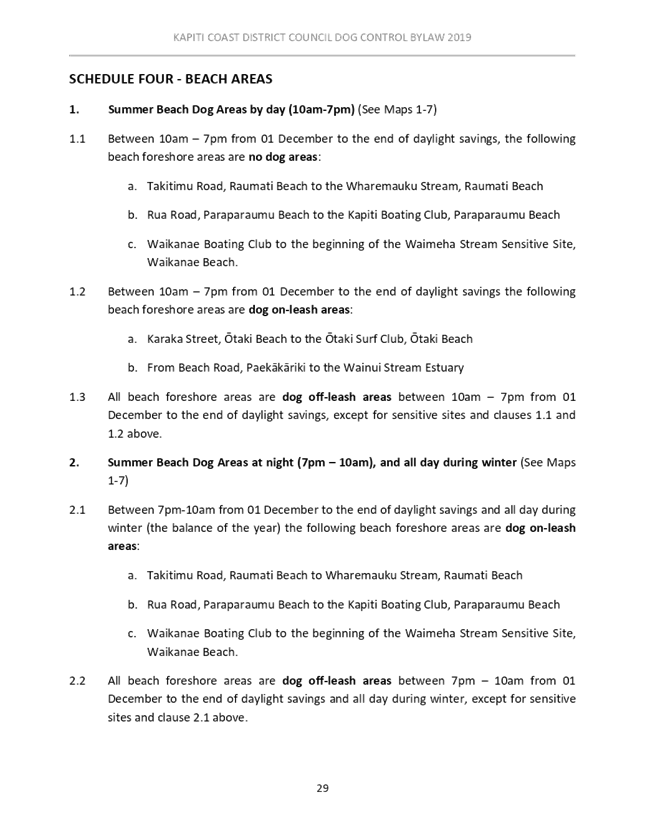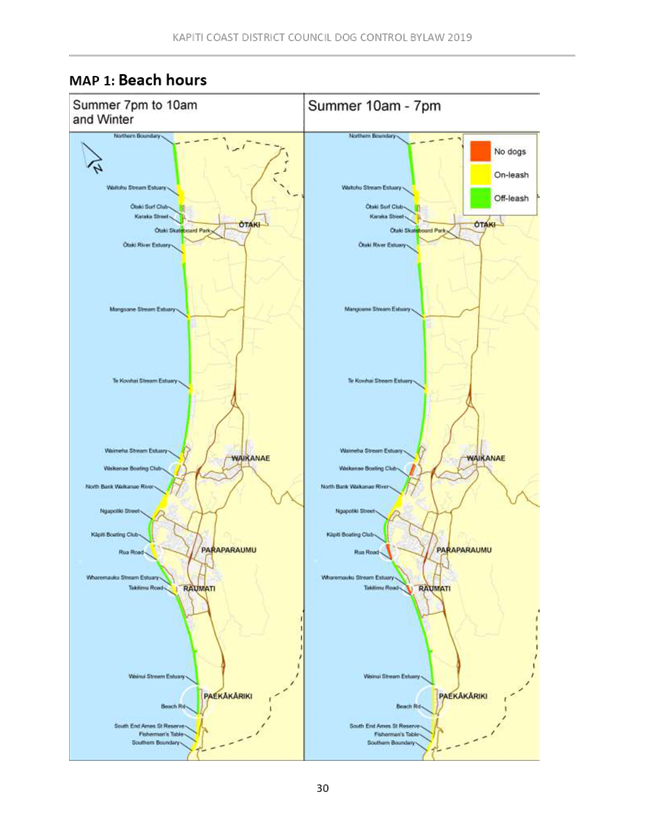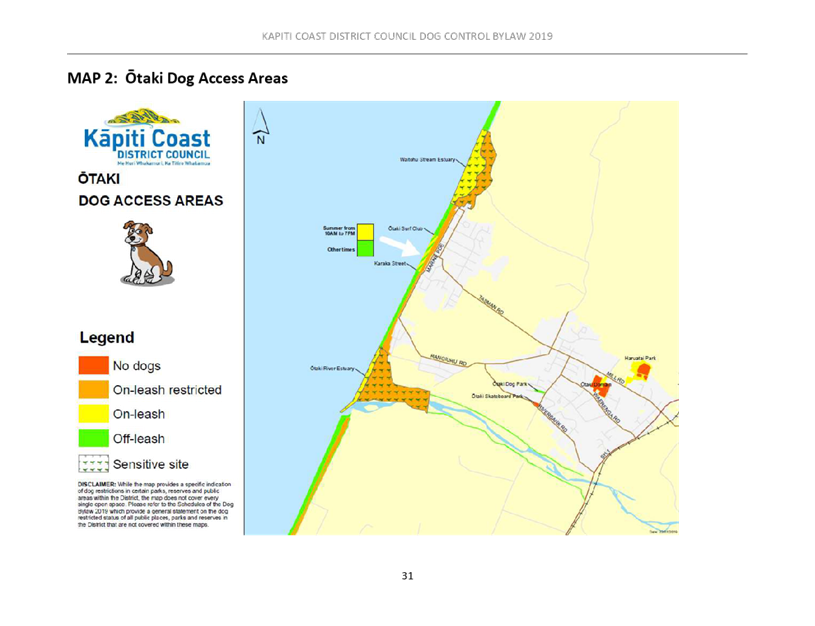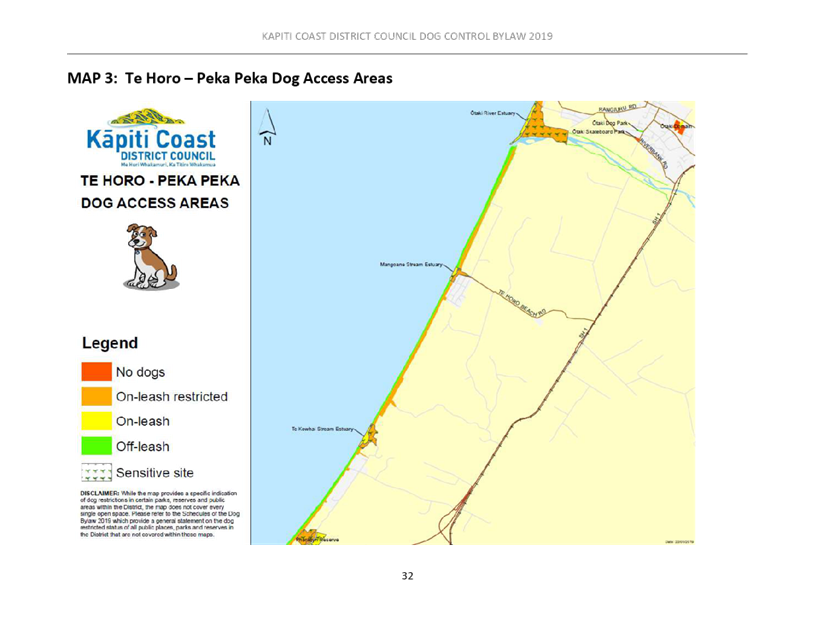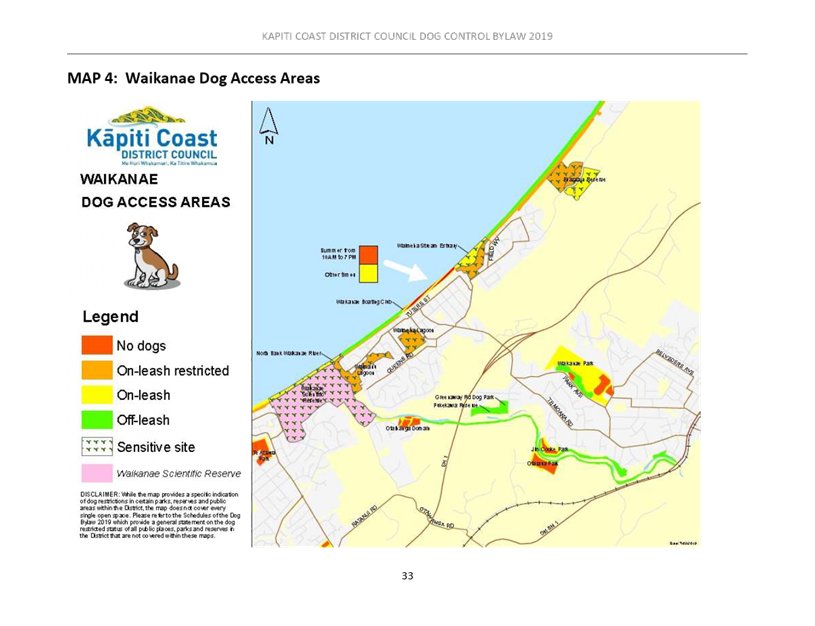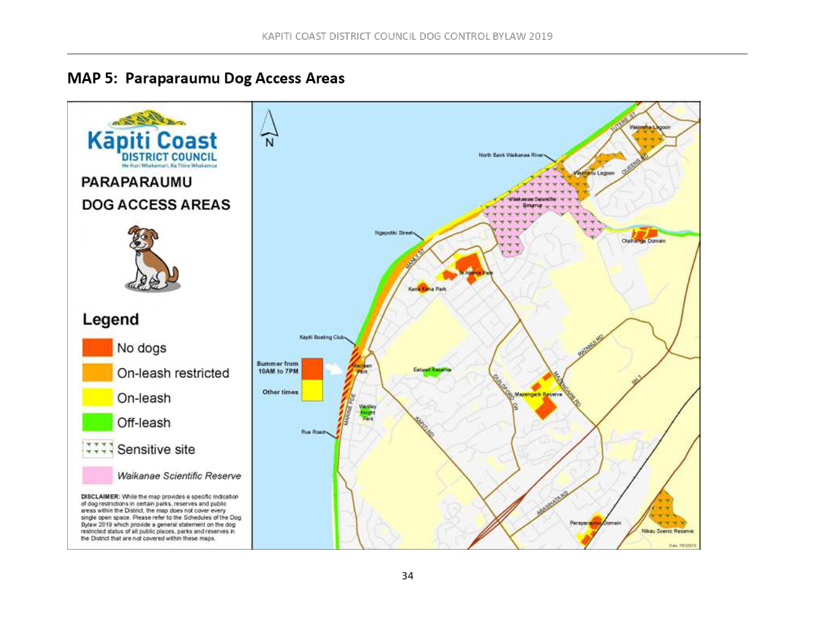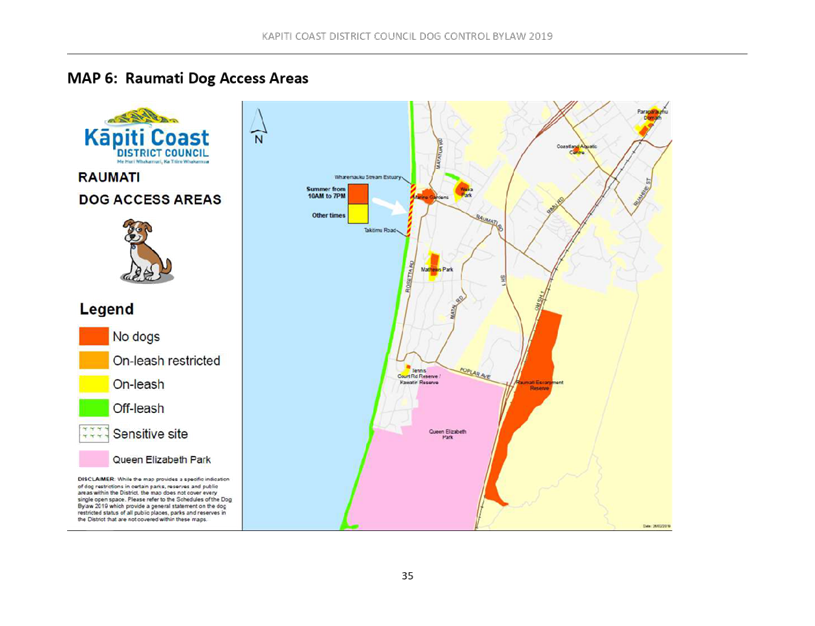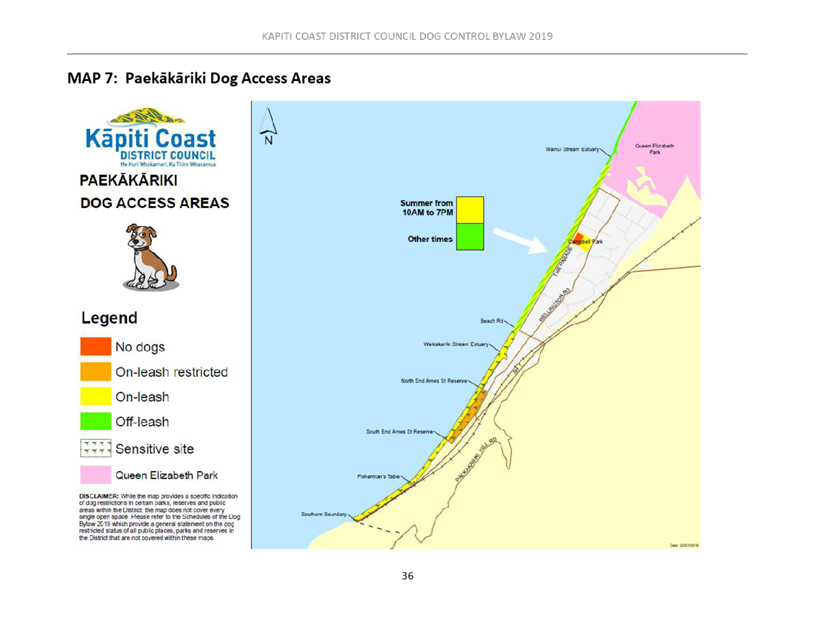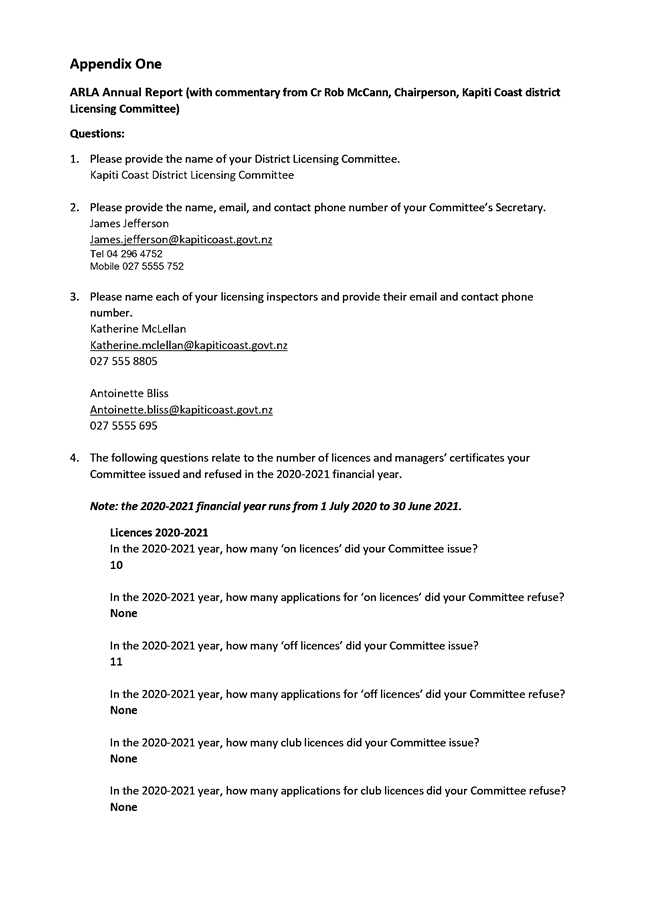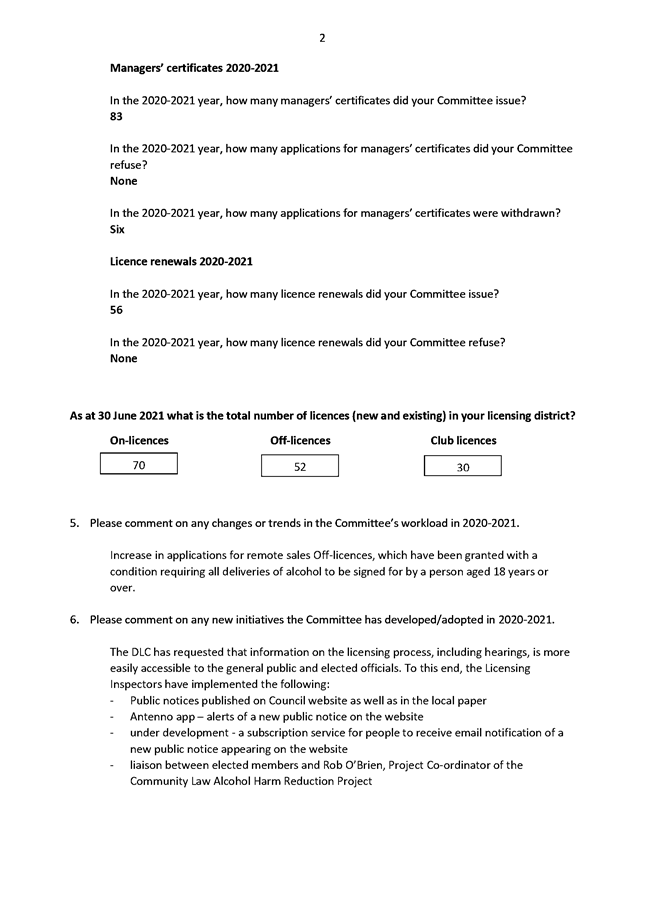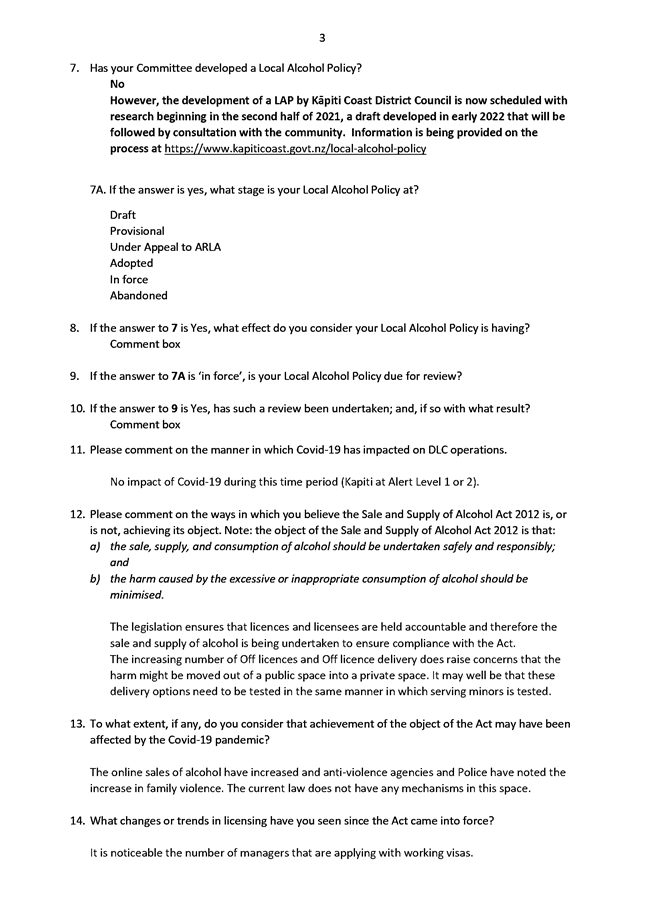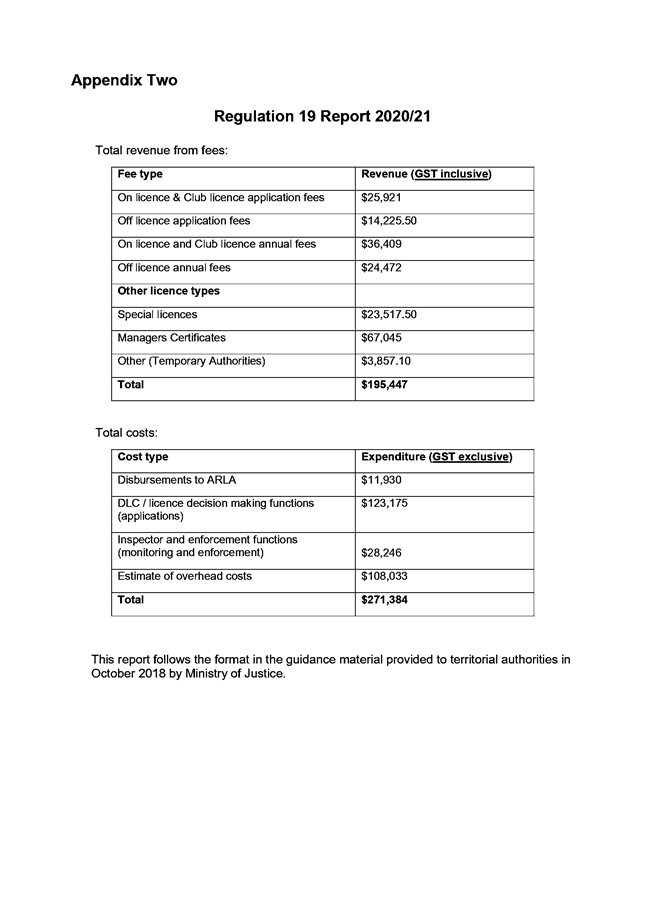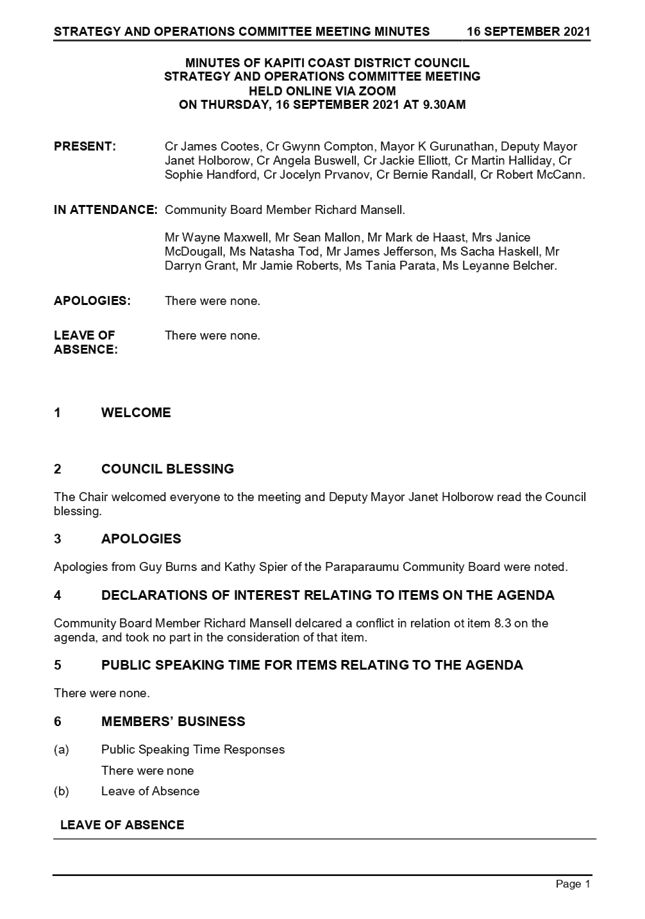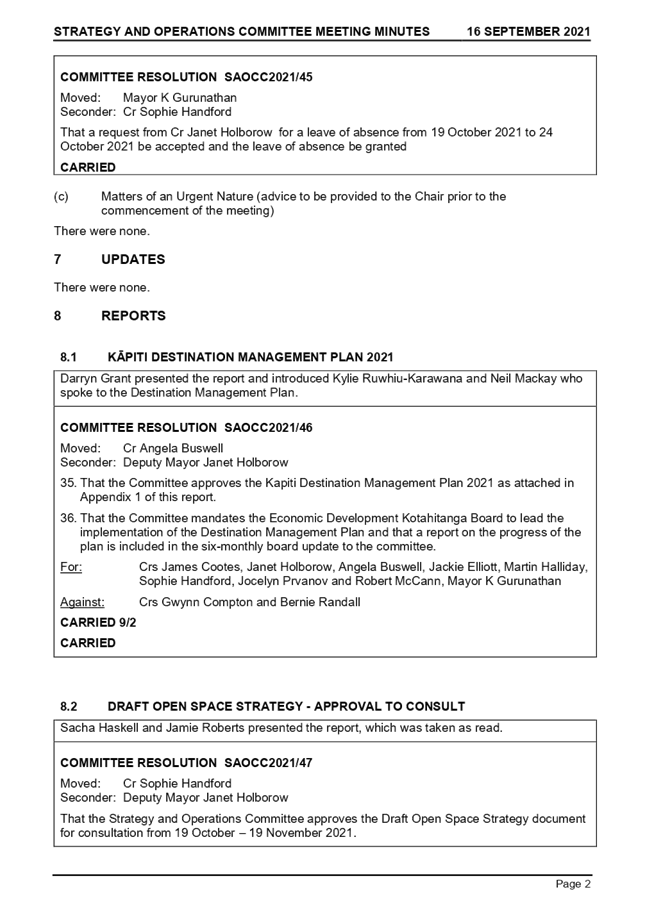8 Reports
8.1 Otaihanga
Site Use for Resource Recovery
Author: Ruth
Clarke, Waste Projects Manager
Authoriser: Sean
Mallon, Group Manager Infrastructure Services
Purpose of Report
1 This
report seeks formal approval to use the Otaihanga closed landfill
(landfill) site to establish new and improved resource recovery options.
Delegation
2 The
Strategy and Operations Committee have the delegation to approve this report as
outlined in the Governance Structure and Delegations Section B.1 “overviewing
strategic programme”.
Background
3 The final capping project of the landfill commenced in 2012/13. This
is expected to be completed in the 2022/23 year, subject to the receipt of
suitable materials for the final works.
4 In August 2020, Council was briefed by the Sustainability & Resilience Manager on further steps and actions planned for
the landfill site, following the final report and recommendations of the Waste
Minimisation Taskforce (WMTF) from December 2019. In that briefing, the current and further future use of the site for the purposes of
resource recovery (as recommended by the WMTF) was discussed.
5 The
future use of the parts of the site landfill which have now been capped is
limited for the following reasons:
· The cap needs
ongoing maintenance as areas subside due to decomposition of waste – any
activities on the capped area have the potential to jeopardise the integrity of
the cap.
· There are
obligations to meet resource consent conditions for leachate monitoring and
treatment within the site’s footprint, requiring a well-maintained cap
and well-functioning wetland/treatment areas around the perimeter.
· There is a likely
future requirement for additional leachate treatment infrastructure from
Greater Wellington Regional Council (budget included in year 5 in LTP 2021).
· The Otaihanga
landfill is permanently listed on the regional hazardous sites register.
· The site would be
of significant value as a temporary emergency disposal site in case of a civil
defence emergency (local debris disposal plan).
6 Based
on these restrictions recreational use is not recommended as it impacts on
Council’s ability to meet the on-going maintenance needs and regulatory
requirements.
7 It
is recommended to use the site and adjoining areas to establish infrastructure
to improve waste diversion and resource recovery.
considerations
8 Following
on from the Waste Minimisation Briefing in August 2020, discussions and
collaborations were initiated with various parties to explore and develop
improved local resource recovery options, including:
· Two Construction
& Demolition waste -related working groups were formed with representatives
from business, community and local government.
· Council staff
provide ongoing support for food waste diversion and composting.
· Council staff
support the ongoing development of Zero Waste Otaki (wood recovery).
· A Construction
& Demolition (C&D) waste resource recovery trial (at Otaihanga) is
underway.
· Council staff have
worked jointly with Porirua City Council on a C&D report.
Proposed
Use
9 It’s
proposed to develop the site over time as opportunities arise for resource
recovery and waste minimisation purposes.
10 Because
the site is Council-owned, Council will encourage and support the development
of initiatives with land leases, particularly for pilot initiatives, that
otherwise might not be able to take place.
11 The current site activity
and the planned future site development for a 10-year transition period is
shown in the table below, with resource recovery related activity shaded green
and unrelated activity shaded blue. The site areas have been numbered and
mapped and are shown following the table.
|
Site area
|
Current use
|
10-year transition
|
|
1.
|
Greenwaste composting
|
Greenwaste composting
|
|
2.
|
Otaihanga Resource Recovery
Facility ( transfer station)
|
Otaihanga Resource Recovery
Facility (transfer station)
|
|
3.
|
Business land lease
|
Extended resource recovery per 1
July 2022
|
|
4.
|
Existing land leases related to resource
recovery
|
Consider renewal of leases
related to resource recovery
|
|
5.
|
Existing land leases unrelated
to resource recovery
|
Transition to leases for
resource recovery initiatives if opportunities arise
|
|
6.
|
Top of landfill - passive use
|
Emergency use – debris
disposal
|

12 In
the immediate future, the development is focussed on two sites; refer to the
image below
12.1 Site
A: The existing Otaihanga Resource Recovery Facility (No. 2. above)
12.2 Site
B: The hardstand yard in the north-west corner of the site (No. 3. above)

13 Formal
approval is sought from Council to endorse the planned land use of the
Otaihanga landfill site and adjoining sites for the purposes of (waste)
resource recovery as set out above.
Policy
considerations
14 Establishing improved resource
recovery options delivers on a regional action in the Wellington Waste
Minimisation and Management Plan (WMMP) 2017-2023, which is to make sure we
have the facilities to divert more material like construction and demolition
waste, food and/or biosolids, and other organic waste.
15 Two local infrastructure actions from the Kāpiti Action Plan in
the Wellington WMMP 2017 would also be delivered upon. These include increasing
waste diversion from transfer stations by working with operators to increase
diversion and supporting the establishment of
infrastructure and enable recovery of specific materials.
16 Additional diversion facilities (especially for Construction &
Demolition waste) would strongly support progress towards Council’s goal
of a 30% reduction in waste to landfill by 2026.
17 This
proposed use would enable Council to achieve one of the four
key recommendations of the Waste Minimisation Taskforce, being that Council
establishes a waste diversion facility at the Otaihanga site with an initial
focus on C&D waste.
Legal
considerations
18 The
Wellington WMMP is written in accordance with the Waste Minimisation Act 2008
which requires territorial authorities to provide effective and efficient waste
management.
19 Under
the Solid Waste Management and Minimisation Bylaw 2021 Section 14 Construction
Site and Demolition Waste, Council may make a control to require any person
that is applying for a building consent for building work of a certain
estimated value or higher to submit a construction site and demolition waste
management and minimisation plan to the Council for approval prior to the
commencement of any building work. The continued infrastructure
development at Otaihanga will support the implementation of such a control.
20 It
is intended to put this control in place once local diversion options have been
put in place to enable implementation of Section 14 of the Bylaw.
Financial
considerations
21 Budget
is allocated in the LTP 2021 for the development of the site as follows:
21.1 2021/22
$57,240 for site design
21.2
2022/23 $533,191 for site redevelopment construction
22 Otaihanga
site leases have recently been re-valued and have been increased as a result.
Land lease revenue is a major contributor for the Solid Waste activity,
together with Waste Levy income from the Ministry for the Environment.
Tāngata
whenua considerations
23 Iwi
were represented on the Waste Minimisation Taskforce which recommended the
development of the Otaihanga site for resource recovery infrastructure.
24 The
Waste Minimisation team will continue to engage with mana whenua.
Strategic
considerations
25 The
development of the Otaihanga site for resource recovery contributes to two of
Council’s ten-year outcomes.
26 Community
Outcome: Our communities are resilient, safe healthy, and connected.
Everyone has a sense of belonging and can access the resources and services
they need.
27 Developing
a greater range of local infrastructure for resource recovery enables a direct
contribution through:
· improved access to
waste disposal services
· greater
participation by the public in waste minimisation
· local business
opportunities for resource recovery.
28 Community
Outcome: Our natural environment is restored and enhanced as we transition to a
low-carbon future transition.
29 A
direct contribution will be enabled through:
· a reduction in
waste to landfill leads to a reduction in emissions from landfilling,
specifically from organic waste which emits methane, a potent greenhouse gas
· a reduction in
transport emissions as local solutions are developed
· enhanced resource
recovery encourages a circular economy.
Significance and Engagement
Significance
policy
30 This
matter has a low level of significance under Council’s Significance and
Engagement Policy.
Consultation
already undertaken
31 The
budget for the improved resource recovery infrastructure is included in the LTP
2021 and was consulted on as part of the LTP consultation.
Engagement
planning
32 Engagement
is through a collaborative approach with business and community partners.
Discussions are taking place with various parties related to the development of
resource recovery options.
Publicity
33 No
publicity is required at this stage but will be appropriate when the site
development is completed.
Other
Considerations
There are no other considerations.
|
Recommendations
34 That
the Council approves the use and further development of
the Otaihanga closed landfill site as set out in report
“Otaihanga Site Use for Resource Recovery”
|
Appendices
Nil
8.2 Omnibus
Plan Changes to the District Plan
Author: Laura
Willoughby, Senior Policy Planner
Authoriser: Natasha
Tod, Group Manager Strategy, Growth and Recovery
Purpose of Report
1 To
seek endorsement to initiate further research and consultation on draft wording
of a package of plan changes to the Operative District Plan 2021 (District
Plan).
2 This
package of district plan changes seeks to:
2.1 respond
to new central government directives by removing areas of duplication and
filling gaps that have been created;
2.2 honour
review commitments contained within the district plan, such as a 5 yearly
review of development incentives;
2.3 address
a number of implementation issues that have become apparent;
2.4 keep
the open space zoning of land up to date; and
2.5 investigate
potential additions and amendments to sites of significance to mana whenua.
Delegation
3 The
Strategy and Operations Committee has delegation for all decision-making in
relation to the preparation of district plan changes.
BACKGROUND
4 In
Long Term Plan 2021 – 2041 (LTP) we committed to a rolling review
programme of changes to the District Plan. This includes an urban development
plan change to be notified in 2022, which will respond to the National Policy
Statement for Urban Development 2020 (NPS-UD) and Council’s own Growth
Strategy. Approval will be sought to consult on draft wording of the urban
development plan change following the completion of the Growth Strategy.
5 Prior
to this the first plan change to the District Plan would be an omnibus style of
plan change. These types of plan changes typically address a variety of topics
that seek to improve the efficiency and effectiveness of the district plan,
including important ad-hoc resource management issues that do not fit into any
other district plan changes being prepared. This one also sets some
groundwork for some change required by the NPS-UD.
6 At
a national level, a couple of significant changes have recently been rolled out
by central government that have implications for the district plan which will
be responded to through the omnibus package. These are:
6.1 the
removal of district plan provisions requiring minimum numbers of car parks by
20 February 2022 (required by the NPS-UD 2020); and
6.2 changes
to the Building Code Acceptable Solution B1/AS1 for building on
liquefaction-prone land (these changes to the Building Code take effect from 29
November 2021).
7 The
timeframes to comply with the NPS-UD requirements and to remove unnecessary
duplication between the district plan and the Building Code means they should
be included in this first package of plan changes.
8 At
a local level, monitoring of the district plan occurs via feedback from plan
users. A review of issues has been undertaken with the problems/issues analysed
and key issues identified for progressing in this first plan change package.
The focus has been on fixing implementation issues and keeping the plan up to
date.
Issues and Options
Issues
Accessible
car parking
9 The
NPS-UD requirement for removal of all non-accessible minimum car parking
requirements will mean that the district plan provisions for accessible parking
will no longer function. This is because the accessible parking requirements
are completely reliant on minimum car parking being required for specific land
use activities.
10 The
NPS-UD separates accessible parking from other car parks, stating that local
authorities need not remove provisions for accessible parking from district
plans. To make this work, plan change 1A proposes that new provisions for
accessible parking are drafted to reflect the current levels of required
accessible parking spaces, and also ensure that these become stand-alone
provisions within the structure of the district plan. A new provision to
require accessible parking on sites where multi-unit residential development (4
units and over) is also proposed as this has been identified as a gap in the
district plan.
11 Similar
work is being undertaken by other Councils to ensure that workable accessible
parking requirements are retained in their district plans.
Liquefaction risk management for new buildings
12 The
district plan currently manages liquefaction risk through two triggers:
a. at
the time of subdivision of land; and
b. construction of
high-occupancy buildings on peat or sandy soils.
13 From
29 November 2021 changes to the Building Code Acceptable Solution B1/AS1 will
require specific design of new buildings to take into account liquefaction
risk. This will mean the district plan’s policy and rule managing
building development on liquefaction-prone land will be duplicated in the new
B1/AS1 requirements. This will create jurisdictional overlap between the
RMA and the Building Code, potential confusion and administrative inefficiency.
14 To
address this, plan change 1B would remove a district plan rule requiring
resource consent for construction of multi-occupancy buildings on peat or sandy
soils. The district plan will still retain control over the significant
risks associated with subdivision of liquefaction-prone land through requiring
a resource consent at the time of subdivision.
Cycle parking
15 The
NPS-UD requirement for removal of minimum car parking spaces for development
sites will mean the district plan provisions for cycle parking no longer work.
This is because the cycle parking requirements in the district plan are
currently in the same rule as the accessible parking requirements, which are
reliant on a minimum number of car parks being required by the district
plan. Therefore, if a developer chooses to not provide any car parks on a
site, then the need to provide cycle parking will also no longer be triggered
in the district plan.
16 Plan
change 1C proposes to review the rates of cycle parks required by different
land use activities within the district plan and ensure that up-to-date best
practice and guidance is being followed. Any new provisions for cycle parking
would then be drafted to ensure that cycle parking provisions work effectively
within the structure of the district plan.
Transport network hierarchy changes
17 The
district plan uses a transport network hierarchy to differentiate roads by
function. Roads at the top of the hierarchy are generally arterial routes that
cater for through traffic, including freight and often have higher traffic
volumes and speeds. The management of some activities for road safety purposes
are dependent on the status of the road under the transport network hierarchy,
such as allowing reversing from a site onto a road. Roads at the lower end of
the hierarchy tend to have a local access function with lower traffic volumes
or speeds, and as a result offer higher levels of safety for access to sites
compared to higher volume or speed roads in the transport network hierarchy.
18 Arawhata Road is currently
classified as a Neighbourhood Access Routes/Local
Road within the ODP, which is at the lowest level in the transport network
hierarchy. Arawhata Road then flows onto Mazengarb Road which is identified as
the next level of the hierarchy as a Local Community Connector Road. Local
Community Connector Roads are defined as larger urban roads linking local
roads to the connector network.
19 Given
the increasing traffic volumes that Arawhata Road has experienced,
Council’s transport experts have advised that Arawhata Road should align
with Mazengarb Road in the transport hierarchy and change to a Local Community
Connector Road. This consistency aligns with the ‘movement’
categories identified when applying NZTA’s One Network Road
Classification to these roads. Aligning the categories for the two roads will
mean slightly more stringent controls for any new development on sites that
rely on Arawhata Road for vehicle access. The main change would be that if any
new development wants to provide car parking on these sites then vehicle
manoeuvring will need to be designed so that a vehicle can turn around within
the site, and no longer be able to reverse onto Arawhata Road. Plan change 1D
is proposed to reclassify Arawhata Road in the District Plan transport network
hierarchy map to a Local Community Connector Road.
20 Plan
Change 1D also intends to correct an error that has been identified by
Council’s Roading Network Planner on the transport network hierarchy map.
The 1999 version of the district plan shows Tutanekai Street as a community
connector road, and Ventnor Drive as a notional road. When the 2012 Proposed
District Plan (PDP) was drafted into three replacement transport network
hierarchy maps the location of the community connector was erroneously moved
from Tutanekai Street to Ventnor Drive, and the notional road was removed. At
the same time, it appears the Tutanekai Street status as a community connector
was removed, so it is now shown as a local road. This appears to have been
human error and requires correction through a plan change process.
21 Plan
change 1D proposes to remove the Local Community Connector Road status from
Ventnor Drive (reverting Ventnor Drive to Neighbourhood Access Routes/Local
Road status), and to reinstate Local Community Connector Road status to
Tutanekai Street on the Operative District Plan 2021 transport hierarchy map.
Review and amend development incentive provisions
22 Development
incentive provisions were established for environmental sustainability goals.
The development incentives guidelines provide the following reason why they are
included in the District Plan:
The
Council is keen to support those landowners and land developers who are
prepared to go ‘above and beyond’ standard levels of resource
management practice in carrying out activities. The Council considers that such
actions should be recognised with additional development rights. While the
Council already provides some non-regulatory financial incentives for some
activities (e.g. heritage fund, rates relief etc), the Council considers there
is scope to use regulatory-based incentives as well.[1]
23 As
part of the 2012 Proposed District Plan the Council incorporated incentives for
environmental sustainability likely to create a net benefit for the environment
in the following three focus areas:
(a) biodiversity,
(b) water
quality, and
(c) energy
efficiency and generation
24 The
incentives/rewards potentially available for qualifying development include:
(a) additional
subdivision lots,
(b) creation
of additional residential unit on a site,
(c) additional
building coverage,
(d) additional
building height,
(e) reduced
on-site car parking requirements.
25 Under
the RMA, these additional development rights could not simply be granted via
the District Plan. An assessment on the effects on the environment and any
affected parties is still required, on a site-by-site basis, through the
resource consent process. This means the proposed use of the development
incentive provisions does not guarantee an applicant will be granted resource
consent.
26 The
District Plan provisions were therefore largely written as guidance within the
District Plan to signal these rewards are appropriate for development practice
that went ‘above and beyond’ in the three focus areas. A relatively
complicated points-based system was included in the guidelines for development
incentive activities which could be accumulated to gain enough points to
qualify for applying for a resource consent under the development incentive
rules.
27 The
following legal and practical issues have since been identified with this
approach:
27.1 The
two-step process, i.e. informally approving works to be done now with a future
reward to be granted via a resource consent process three years later. This
sets up an expectation of granting an additional development right through an
informal pre-approval process that is not subject to the RMA. This mechanism is
beyond the powers of the RMA.
27.2 The
guidelines seek to influence notification decisions under s.93 and s.94 of the
RMA. The guidelines state that when a resource consent for the additional
development right is considered “The activity will generally be
non-notified. It is expected that the involvement of third parties in these
types of applications will however be limited, as reducing the likelihood of
third party involvement was a consideration in selecting the type of incentives
to be offered in the Plan.” This part of the guideline is in conflict
with provisions of the RMA.
27.3 The
provisions which offer development incentives in exchange for installation of
energy efficient appliances in houses are dated and open to interpretation.
There is no baseline target on energy efficiency ratings appliances must meet
to qualify for a development incentive. Since technological improvements have
been made in the energy efficiency of appliances since 2012, development incentives
under the guidelines may be available for appliances which are now standard
technology in 2021. This fails to reward those going ‘above and
beyond’. Another challenge with these provisions is the difficult in
monitoring the on-going use of ‘energy efficient’ appliances beyond
the time which resource consent is granted.
28 The
development incentive provisions were first drafted and notified in 2012, with
appeals resolved in 2019. During this time, several National Policy Statements
have been produced by the Ministry for the Environment, including the National
Policy Statement on Urban Development 2020, National Policy Statement on
Freshwater Management 2020. Further National Policy Statements for Indigenous
Biodiversity and Highly Productive Land are in development. These have (or are
expected to have) an impact on the current development incentive provisions,
e.g. the requirement to remove minimum car parking requirements eliminates one
of the rewards currently used an incentive in the guidelines.
29 With
the focus of existing and emerging national direction on urban development,
housing affordability, and the protection of highly productive land, wetlands
and indigenous biodiversity, it is appropriate timing to review the development
incentive provisions to ensure they are efficient, effective, and not contrary
to existing and emerging national direction.
30 In
addition, there are also specific drivers for this review arising from the
District Plan itself (section 3.4.5 of the development incentive guidelines),
which anticipates a 5 yearly review of the development incentive programme; the
identification of implementation matters which came to light during the appeals
process on the then Proposed District Plan in 2019, and the identification of
additional implementation issues since the District Plan became operative.
Appendix A indicates the combined list matters to be considered in response to
these drivers.
31 As
part of this work, it is proposed to establish a stakeholder working group to
test and assist in informing draft amendments to the development incentive
provisions before bringing draft changes back to the Council seeking approval
to consult the wider community on draft amendments to be included under Plan
Change 1E.
32 It
is important to note the review of the development incentive guidelines is
focused on environmental outcomes. A separate piece of work will consider the
use of incentives to support housing choice and affordability. District Plan
change work is already underway to give effect to the NPS-UD, and it is that
workstream which will comprehensively address housing issues.
Indigenous vegetation modification
33 The
district plan generally provides for the trimming or modification of indigenous
vegetation as a permitted activity however resource consent is required in some
zones if modification of indigenous vegetation occurs:
33.1 Within
an ecological site; or
33.2 On
key indigenous trees; or
33.3 On
a rare and threatened vegetation species; or
33.4 In
or within 20 metres of a waterbody or the coastal marine area where it not
within the urban environment, (excluding planted vegetation).
34 A
controlled activity rule requires a resource consent to be obtained for
modification of indigenous vegetation that is damaged, dead or dying, or has
sustained storm damage, or is fatally diseased in the above circumstances. The
rule requires that an assessment is made around whether the indigenous
vegetation is no longer ‘independently viable’ or presents a risk
of serious harm to people or property or risks damaging surrounding protected
vegetation. An assessment must also be put in writing by an arborist who has
attained the New Zealand Qualifications Authority National Certificate in
Arboriculture Level 4 or equivalent qualification. The applicant can also apply
under this rule if they can demonstrate that the indigenous vegetation was not
planted for ecological restoration or enhancement purposes or as a biodiversity
offset. Controlled activity resource consents must be granted by the Council if
all the requirements of the rule are met.
35 Issues
have been identified through implementation of this rule including the scale of
indigenous vegetation that can be modified, ambiguity around the term
‘independently viable’, and the absence of a technical ecological
assessment (from an ecologist) in ecological sites. As currently worded,
modification on vulnerable remnant indigenous vegetation can be carried out
without an ecological assessment, with Council unable to refuse the application
given its controlled activity status, potentially resulting in significant
adverse ecological effects. Another shortfall in the current rule is the
inability of the Council to take into account the values and views of tangata
whenua, despite tangata whenua values being one of the key values used in the
identification and protection of significant indigenous vegetation under the
Regional Policy Statement[2].
36 Plan
change 1F seeks to review the modification of indigenous vegetation provisions
within the district plan. This will provide greater clarity around the need to
provide for public safety, to consider tangata whenua values and also to avoid
where practicable the modification of significant indigenous vegetation, in
particular for all indigenous vegetation within ecological sites.
New buildings on Wāhanga Rima waahi tapu sites
37 Waahi
tapu sites are identified within Schedule 9 of the district plan, where they
are assigned a category of significance ranging from Wāhanga Tahi
(urupā and parekura) through to Wāhanga Rima (Waahi Tapu Area).
38 The
Wāhanga Rima category explains key development threats for waahi tapu
areas as:
(a) new
buildings,
(b) large
scale land disturbance,
(c) earthworks,
(d) subdivision.
39 The
desired level of protection stated in the district plan for Wāhanga Rima
areas is: Moderate – rules intended to allow for a level of
development to occur but retain controls on volume of land disturbance.
However, there are tighter controls on the construction of new buildings and
subdivision within the waahi tapu is actively discouraged to avoid
‘division’ of related features.
40 The
Wāhanga Rima classification currently applies to two waahi tapu areas in
Waikanae Beach: Taewapirau waahi tupuna and Takamore Waahi Tapu Area. This
category could also be extended to other areas in the district that may be
identified as waahi tapu areas in the future.
41 Implementation
of the district plan has revealed that there are issues with the current
controlled activity status of the rule that seeks to control new buildings on
Wāhanga Rima waahi tapu sites. A resource consent is required, however as
noted above in respect to the modified indigenous vegetation issue, controlled
activities cannot be declined a resource consent and instead conditions
attached to resource consents are deemed to be appropriate in order to manage
adverse environmental effects.
42 Appropriately,
consultation with mana whenua has been undertaken as part of resource consent
application assessments for new buildings to be located on Wāhanga Rima
waahi tapu areas. Frustration has been expressed by mana whenua that under the
District Plan at present there is only limited ability to successfully apply
conditions to a consent in order to manage concerns around waahi tapu values.
The presumption that any new building will be granted resource consent on waahi
tapu areas (subject to conditions) appears to be in conflict with the desired
levels of protection for these areas, as stated above. Plan change 1G seeks to
address this misalignment of the district plan rule to better achieve the
desired policy intent.
Additional and amended waahi tapu areas
43 The
District Plan recognises historic heritage that contributes to an understanding
and appreciation of the district’s history and culture. Waahi tapu areas
are identified within Schedule 9 of the district plan as part of the ongoing
and long-term management and protection of waahi tapu in the district.
44 Heritage
is a matter of national importance under the RMA, and the principles of the
Treaty of Waitangi (Te Tiriti o Waitangi) are required to be taken into account
when exercising functions and powers under the Act. In 2020, the Waitangi
Tribunal released a pre-publication report to address claims about the location
of the Kārewarewa urupā in Waikanae Beach (report attached in
Appendix B of this report). The Waitangi Tribunal confirmed that the traditional,
historical, and archaeological evidence is clear that the area identified
within the report was an urupā. Plan Change 1I proposes to work with mana
whenua and affected property owners to recognise and protect this urupā
through proposing a new waahi tapu listing within the district plan.
45 Heritage
New Zealand Pouhere Taonga also has an interest in the district’s
heritage as New Zealand’s national historic heritage agency, an
autonomous crown entity that seeks to identify, protect and promote heritage.
The Māori Heritage Council assists Heritage New Zealand Pouhere Taonga in
developing and reflecting a bicultural view in the exercise of its powers and
functions and makes decisions about the registration/entries on the New Zealand
Heritage List/Rārangi Kōrero of wāhi tapu, wāhi tapu areas,
and wāhi tūpuna.
46 The
Māori Heritage Council has approved two waahi tapu registrations in
Kāpiti, being:
46.1 Te
Rua Tūpāpaku o Te Rangihiroa, Waiorua Bay, Kāpiti Island - List
Number 9792; Date of Effect: 4th September 2017. A 5 metre buffer area around
the marked grave of Te Rangihiroa.
46.2 Review
of Takamore Wahi Tapu Area, Waikanae Beach, Kāpiti, Date of Effect:
4th August 1995, Date of Review Decision: 25th August 2011, Date of High Court
Decision on Judicial Review: 6th September 2013, Date of Court of Appeal
Decision: 24th February 2015. List number: 7263.
47 Plan
Change 1H seeks to add Te Rua Tūpāpaku o Te Rangihiroa, Waiorua Bay,
Kāpiti Island waahi tapu area to the district plan, based on the
registration report prepared by Heritage NZ (attached in
Appendix C of this report).
48 Plan
Change 1J seeks to amend the area of the existing Takamore Wāhi Tapu Area
(Schedule 9, District Plan ID: W4) to align with Heritage NZ’s extent of
registration, based on the review of registration report prepared by Heritage
NZ (attached in Appendix D of this report), noting that the registration
decision making process was upheld by the High Court and Court of Appeal decisions.
Alignment with national regulations for electoral
advertisements
49 The
Electoral (Advertisements of a Specific Kind) Regulations 2005 seeks to provide
national consistency for candidates and political parties around size, shape,
colour, illumination and size and line spacing for electoral advertisements
(such as posters and billboards) during the 9 weeks before polling day of a
general election.
50 The
District Plan is not currently aligned with these regulations e.g., it allows a
smaller signage area for both local and national election signage. This leads
to confusion around signage size and requirements at election times, with the
regulations overriding district plan requirements around the national election
9-week timeframe. Proposed plan change 1K seeks to review the current election
signs rule for both local body and national elections to achieve greater
alignment.
Update to Open Space zones
51 The
District Plan contains areas zoned Open Space to identify and retain
Council-owned land for natural environment, local parks and recreation
purposes. As more residential development occurs in the district, additional
areas are sometimes identified within a development for an open space purpose
and land can be gifted to the Council for this purpose at the time of
residential subdivision. To keep the District Plan up to date, and to ensure
uses being carried out on newly created areas of open space are covered by the
District Plan provisions, it is necessary to periodically review these changes
and as necessary update zonings.
52 Plan
change 1L seeks to update fourteen areas within the district to reflect their
new open space function and assign them a relevant Open Space Zone. Appendix E
of this report outlines the sites to be considered under this plan change.
53 As
part of the update review of open space sites, two sites have been identified
within the current Open Space zone but appear to be incorrectly categorised
within the Open Space Zone district plan framework. These sites are:
(1) Jim
Cooke Memorial Park, Waikanae - Toilet block/car park – current zoning is
‘Natural Open Space Zone’, and it is proposed to reclassify this to
‘Open Space Zone (Recreation Precinct)’ to better reflect its
associated sports field use.
(2) Maclean
Park, Paraparaumu Beach – current zoning is ‘Natural Open Space
Zone’, and it is proposed to reclassify this to ‘Open Space Zone
(Recreation Precinct)’ to better reflect the ‘active and passive
recreation’[3]
use of the park.
54 The
reclassification of these two areas will need to be assessed and the
implications of applying different plan provisions considered for each site.
Bylaw and district plan alignment
55 In
2021, two bylaws have been consulted on that have the potential to overlap with
current district plan provisions, these are:
(1) Kāpiti
Coast District Council Keeping of Animals, Bees and Poultry Bylaw 2021, and
(2) Kāpiti
Coast District Council Traffic Bylaw (2010)/Proposed Traffic Bylaw 2021
56 The
recent adoption of the Kapiti Coast District Council Keeping of Animals, Bees
and Poultry Bylaw 2021 means that work can now commence on removing any
duplicated provisions (i.e., animal welfare requirements) from the district
plan. Further assessment of potential changes to the district plan will be
undertaken as the Proposed Traffic Bylaw 2021 progresses through the
consultation process. Plan change 1M will include amendments to the district
plan (if necessary) to avoid duplication of regulation in these areas.
Considerations
Policy
considerations
57 The
following Council policies have been considered when assembling the proposed
plan change package:
· Kāpiti
Coast District Council Open Space Strategy (2012)
· Kāpiti
Coast District Council Sustainable Transport Strategy (2020)
· Kāpiti
Coast District Council Maclean Park Te Uruhi Reserve Management Plan (2017)
· Kāpiti
Coast District Council Keeping of Animals, Bees and Poultry Bylaw (2021)
· Kāpiti
Coast District Council Traffic Bylaw (2010) and Proposed Traffic Bylaw (2021)
Legal
considerations
58 The
package of plan changes will go through the specific evaluation of benefits and
costs, consultation and public notification processes as required by Schedule 1
of the RMA. The package of plan changes will be brought back to Council for
approval to formally publicly notify and consult after the investigation work
signalled in this report is carried out and following consultation on draft
provisions.
Financial
considerations
59 The
LTP recognised this package of plan changes as part of the activities and
services for districtwide planning and regulatory services. The costs of
preparing this package of plan changes for notification to the wider public
have already been factored into the operating expenses of the district planning
team.
60 There
are no additional financial considerations resulting from the preparation of
this plan change package for public notification purposes.
Tāngata
whenua considerations
61 There
are a number of specific matters addressed by this package of plan changes
which the District Planning team is aware are of particular interest to tangata
whenua. These are, but may not be limited to the following matters:
61.1 provisions
which manage the modification of indigenous vegetation (plan change 1F);
61.2 provisions
which manage new buildings on Wāhanga Rima-classified waahi tapu sites
(plan change 1G);
61.3 additional
and amended waahi tapu areas (plan changes 1H, 1I and 1J);
61.4 updates
to open space zoning (plan change 1L).
62 The
District Planning team has been engaging with mana whenua on this package of
plan changes, and this will continue as the work progresses.
63 It
is also important to note the RMA has specific requirements the Council must follow
for consultation with iwi authorities when preparing district plan changes. The
District Planning team will ensure these requirements are met as part of the
development of this package of plan changes.
Strategic
considerations
64 This
package of plan changes contributes to the following Long Term Plan community
outcomes:
64.1 Mana
Whenua and Council have a mutually mana-enhancing partnership. All of the
proposed plan changes will be developed in partnership with mana whenua.
64.2 The
vision from tāngata whenua (Te Āti Awa ki Whakarongotai, Ngāti
Raukawa and Ngāti Toa Rangatira, including whānau and hapū) in
the LTP is based on four main principles. Principle 4 - Tino Rangatiratanga,
includes a vision that people know about the Maori names for the original
landscape, heritage and waahi tapu. Plan Changes 1G-J in particular support
this vision in that Maori heritage and waahi tapu is further enhanced within
the district plan. Principle 4 also starts that tāngata whenua play a
strong/central role in district planning and this package of plan changes will
be progressed in partnership with tāngata whenua to further support that
vision.
64.3 Our
communities are resilient, safe, healthy and connected. Everyone has a sense of
belonging and can access the resources and services they need. The plan changes
proposed for accessible parking, cycle parking and changes to the transport
network hierarchy will directly support this outcome.
64.4 Our
natural environment is restored and enhanced as we transition to a low-carbon
future. Plan Changes proposed around incentivising outstanding biodiversity
outcomes and reviewing rules on modifying indigenous vegetation on sensitive
sites will assist the restoration and enhancement of our natural environment.
65 The
LTP also requires that Council maintains an up-to-date and effective district
plan and that Council retains an up-to-date and fit-for-purpose suite of
policies and bylaws. Plan changes 1K to 1M, in particular, will support this
requirement.
Significance and Engagement
Significance
and Engagement policy
66 The
Council’s Significance and Engagement Policy does not apply to the
engagement or consultation processes that are required under the RMA.
67 Consultation on draft provisions will be
carried out with relevant stakeholders in accordance with Clauses 3 and 4A of
Schedule 1 of the RMA as this work progresses.
68 Formal consultation will be undertaken as
prescribed by Schedule 1 of the RMA and public notification of the proposed
plan changes will occur in accordance with the requirements of the Act. This
future step will require the Council to approve the proposed finalised package
of plan changes for notification. Approval for this step of the plan change
process is not being sought at this stage, but will be requested of the
Strategy and Operations Committee in early 2022.
Conclusion
69 This
report has outlined issues identified with the district plan that the omnibus
package of plan changes seeks to address in order maintain an efficient and
effective district plan, as required by the RMA and the LTP.
70 The
Strategy and Operations Committee is asked to endorse these district plan
issues and agree that a package of plan changes should be prepared for draft
consultation purposes on these issues.
71 Consultation
will be required with iwi partners and other key parties as part of this plan
change preparation process.
72 Council
officers will seek further approval from the Committee to endorse the final
drafted plan change content for plan changes 1(A-M) in early 2022 and will also
seek approval to commence formal public notification of the plan changes at the
same time.
|
Recommendations
73 That
the Strategy and Operations Committee endorses the following package of
omnibus plan changes to be prepared for the Operative District Plan 2021:
Plan Change 1A – Revise
accessible parking provisions for new developments.
Plan Change 1B – Remove
liquefaction risk management provisions for new buildings to avoid
duplication with the Building Code.
Plan Change 1C – Revise
cycle parking provisions for new developments.
Plan Change 1D –
Reclassify Arawhata Road, Paraparaumu as a Local Community Connector Route on
the transport network hierarchy maps and fix an error on the transport
network hierarchy maps by relocating an existing Local Community Connector
Route from Ventnor Drive, Paraparaumu to Tutanekai Street, Paraparaumu.
Plan Change 1E – Review
and amend development incentive provisions.
Plan Change 1F - Revise
modification of indigenous vegetation provisions.
Plan Change 1G - Revise plan
provisions for new buildings on Wāhanga Rima
waahi tapu sites.
Plan Change 1H - New waahi tapu
listing for Te Rua Tūpāpaku o Te Rangihiroa, Waiorua Bay,
Kāpiti Island to align with recent Heritage NZ listing (list number:
9792).
Plan Change 1I – New waahi
tapu listing for Kārewarewa Urupā in Waikanae Beach, to align with
the findings of the Waitangi Tribunal report: Kārewarewa Urupā
Report, dated 25 May 2020.
Plan Change 1J – Amend
area of the existing Takamore Wāhi Tapu Area (Schedule 9, District Plan
ID: W4) to align with Heritage NZ’s extent of registration (list
number: 7263).
Plan Change 1K – Amend
signage provisions to align with election advertisement requirements of the
Electoral (Advertisements of a Specific Kind) Regulations 2005.
Plan Change 1L – Re-zone
fourteen Council-owned sites from General Residential Zone to Open Space and
Recreation Zones, and reassign two Council-owned sites from Natural Open
Space Zone to Open Space Zone (Recreation Precinct).
Plan Change 1M – Update
plan provisions to remove duplication with any Bylaws amended in 2021.
74 The
Strategy and Operations Committee approves the initiation of undertaking the
consultation required to draft/prepare amended district plan provisions in
accordance with Clauses 3 and 4A of Schedule 1 of the RMA.
75 The
Strategy and Operations Committee notes that final drafts of all material
prepared for plan changes 1(A-M) will need to be further endorsed by the
Committee and approval will be sought to undertake formal public notification
of the plan changes package under Schedule 1 of the Resource Management Act
1991, in early 2022.
|
Appendices
1. Appendix
A: Development incentive provisions review requirements ⇩ 
2. Appendix
B: Kārewarewa Urupā Report of The Waitangi Tribunal 2020 ⇩ 
3. Appendix
C: Extract of Heritage New Zealand Pouhere Taonga List entry report for a Wahi
Tapu Area Te Rua Tupapaku o Te Rangihiroa 2017 ⇩ 
4. Appendix
D: NZHPT Pouhere Taonga Review Report for Takamore Wahi Tapu Area, 2011 ⇩ 
5. Appendix
E: Open Space zone changes for consideration under omnibus district plan change
1L ⇩ 
8.3 Annual
Report on Dog Control Policy and Practice
Author: Tim
Sharpe, Team Leader Public Spaces and Animal Management
Authoriser: James
Jefferson, Group Manager Regulatory Services
Purpose of Report
1 To
present the Kapiti Coast District Council Annual Dog Control Report 2020/21
(the Report) on the 2019 Dog Control Policy and Practices.
Delegation
2 The
Council has the delegation to consider this report under section B.2 of the
Governance Structure and Delegations.
Background
3 Section
10A of the Dog Control Act 1996 (the Act) requires territorial local
authorities to report on their dog control policies and practices as follows:
1) A
territorial authority must, in respect of each financial year, report on the
administration of:
(a) its dog control policy adopted
under section 10; and
(b) its dog control practices.
2) The
report must include, in respect of each financial year, information relating
to:
(a) the number of registered dogs in
the territorial authority district;
(b) the number of probationary owners
and disqualified owners in the territorial authority district;
(c) the number of dogs in the
territorial authority district classified as dangerous under section 31 and the
relevant provision under which the classification is made;
(d) the number of dogs in the
territorial authority district classified as menacing under section 33A or
section 33C and the relevant provision under which the classification is made;
(e) the number of infringement
notices issued by the territorial authority;
(f) the number of dog related
complaints received by the territorial authority in the previous year and the
nature of those complaints;
(g) the number of prosecutions taken
by the territorial authority under this Act.
3) The
territorial authority must:
(a) give public notice, as defined in
section 5(1) of the Local Government Act 2002, of the report; and
(b) make the report publicly
available, as described in section 5(3) of the Act.
4) The territorial authority must
also, within 1 month after receiving the report, send a copy of it to the
Secretary for Local Government.
Issues and Options
Issues
4 The
emergence of COVID-19 has presented unique challenges to the provision of dog
control services in the Kāpiti Coast District Council area. In March 2020,
Alert Level 4 was imposed nationwide and led to the adoption of new work
practices designed to support Central Government’s COVID strategy. Those
staff responsible for implementing and upholding Council’s dog control
policy worked remotely and responded only to significant events that
threatened, or were likely to threaten, public safety. In general, dog control
staff did not experience a significant reduction in service requests received
by them and were able to tailor their response to uphold the overall COVID
strategy (such as the maintenance of social distancing). As exemplified by the
most recent Alert Level 3 and 4 lockdowns, the fact that dog owners were at
home and permitted to exercise within a reasonable distance of home led to a
more regular confluence of dogs on the District’s beaches and streets.
General advice to keeps dogs on-leash was issued by Council to forestall any
dog-related issues and prevent breaches of COVID ‘bubbles’,
although not all dog owners adhered to this advice.
5 As
previously stated, a COVID strategy was implemented in March 2020 to ensure
that an appropriate and sustainable level of service was delivered to Kāpiti
Coast ratepayers. This strategy was again implemented during the most recent
Alert Level 4 lockdown and enabled dog control staff to service all urgent
requests and most other requests – the strategy has also underpinned the
Council’s work at Alert Level 3 and continues to do so at Alert Level 2.
This strategy should be retained and subject to on-going review to keep pace
with the evolving COVID situation.
Considerations
Policy
considerations
6 There
are no policy considerations.
Legal
considerations
7 The
Annual Report contained in Appendix One is required by Section 10A of the Dog
Control Act 1996, the report must be publicly notified and a copy forwarded to
the Secretary for Local Government by 30 October 2021.
Financial
considerations
8 There
are no financial considerations.
Tāngata
whenua considerations
9 There
are no Tāngata whenua considerations.
Strategic
considerations
10 Toitū
Kāpiti includes an aspiration for strong, safe communities. The Dog
Control Bylaw, Policy and practices helps in the attainment of this aspiration
because it seeks to enhance the safety of the public and allow the responsible
enjoyment of public places in our District.
11 There
are no further strategic considerations.
Significance and Engagement
Significance
policy
12 Management
of dog control through policy and practices has low level of significance under
the Council’s Significance and Engagement Policy, but it is recognised
that there is strong interest in dog-related issues across the District because
of perception and impact of dogs in relation to public safety.
Consultation
already undertaken
13 No
consultation is required.
Engagement
planning
14 No
engagement planning required.
Publicity
15 This
report is required to be made publicly available; therefore, the Report
contained in appendix one will be available on the Kapiti Coast District Council
website; and its availability will be notified in local newspapers.
Other
Considerations
16 There
are no other considerations.
|
Recommendations
17 That
the Council receive this report and accompanying appendices.
|
Appendices
1. Annual
Report on Dog Control Policy and Practice ⇩ 
2. Kapiti
Coast District Council Dog Control Bylaw 2019 ⇩ 














































































































































